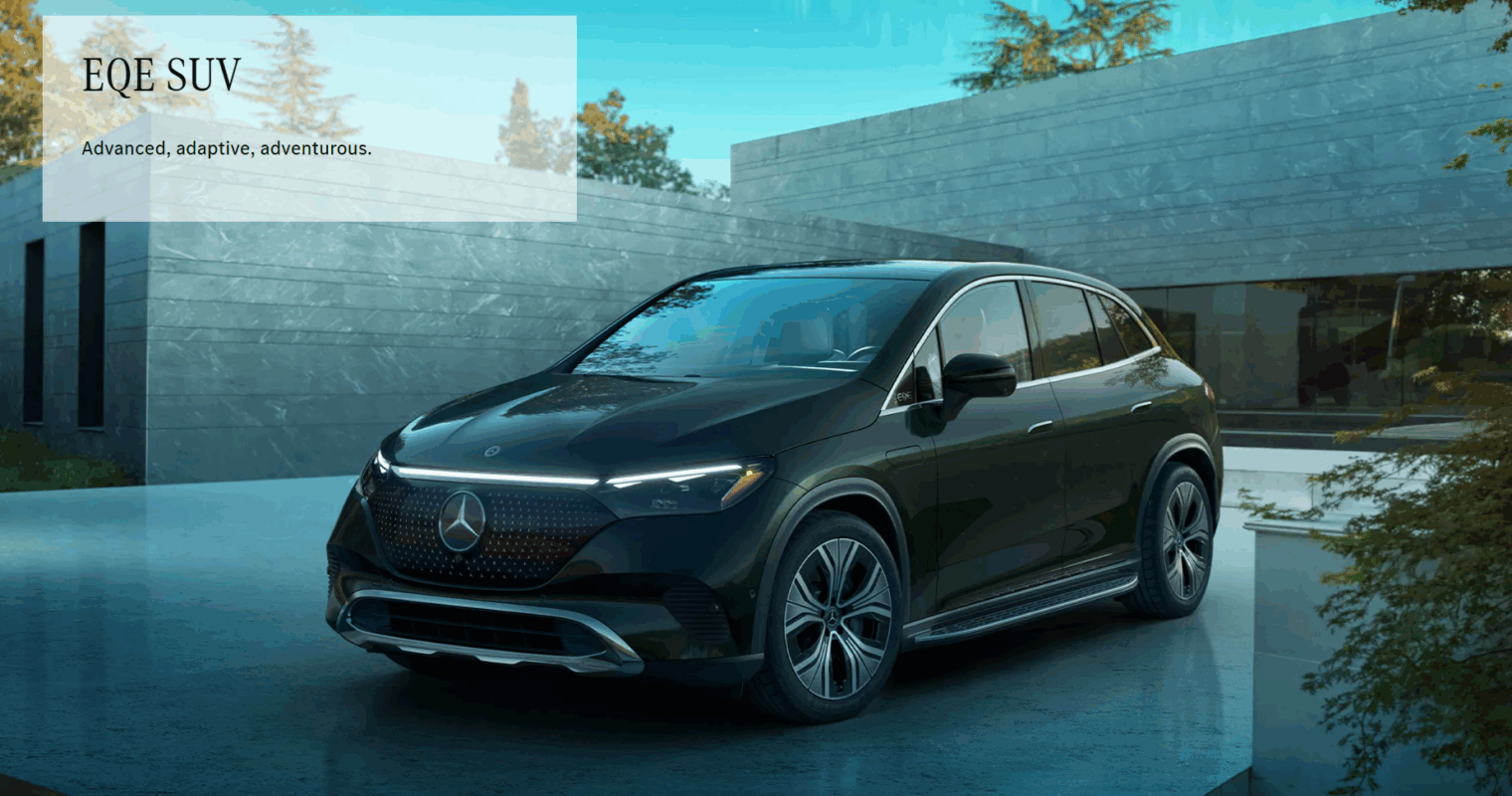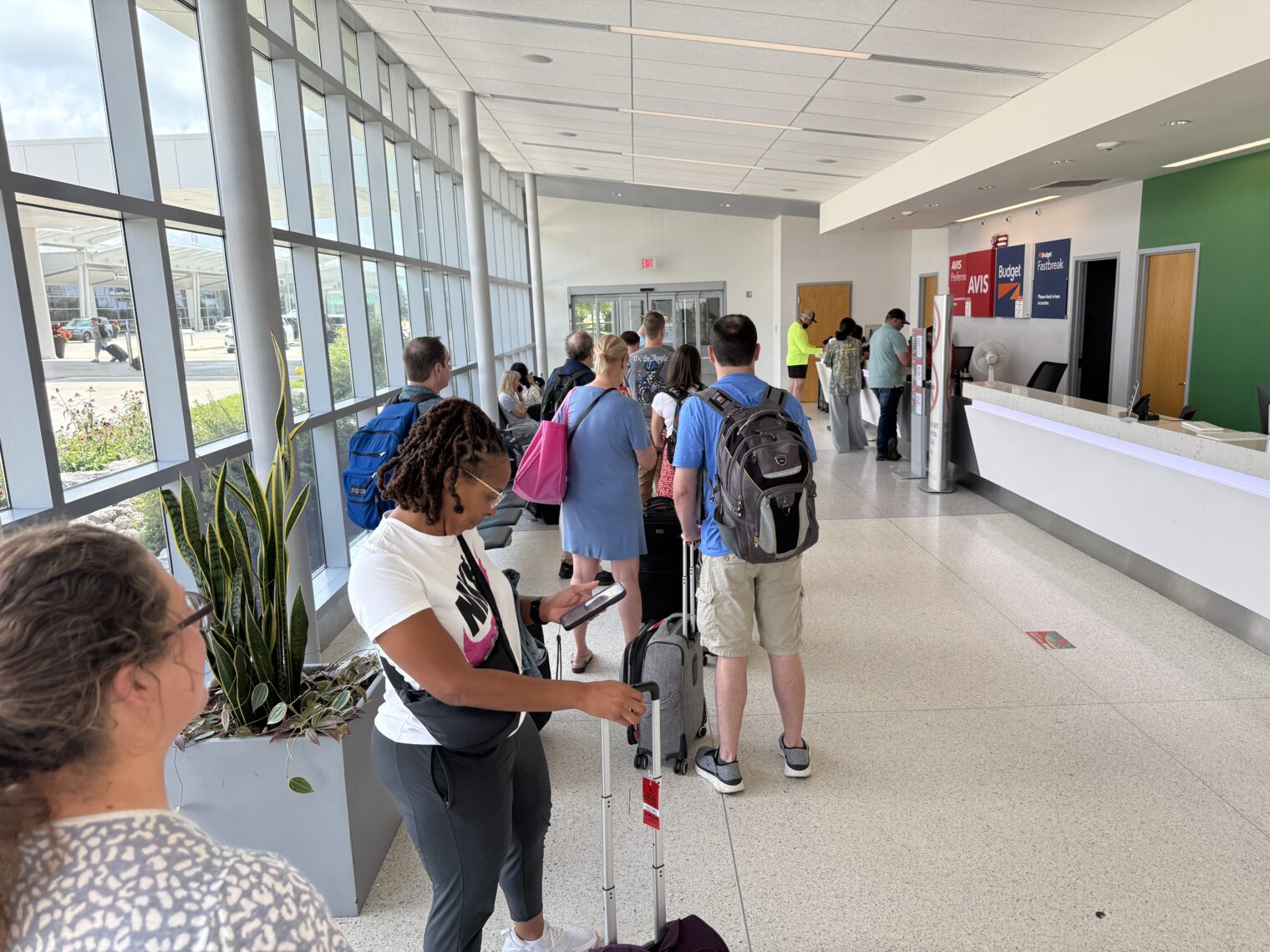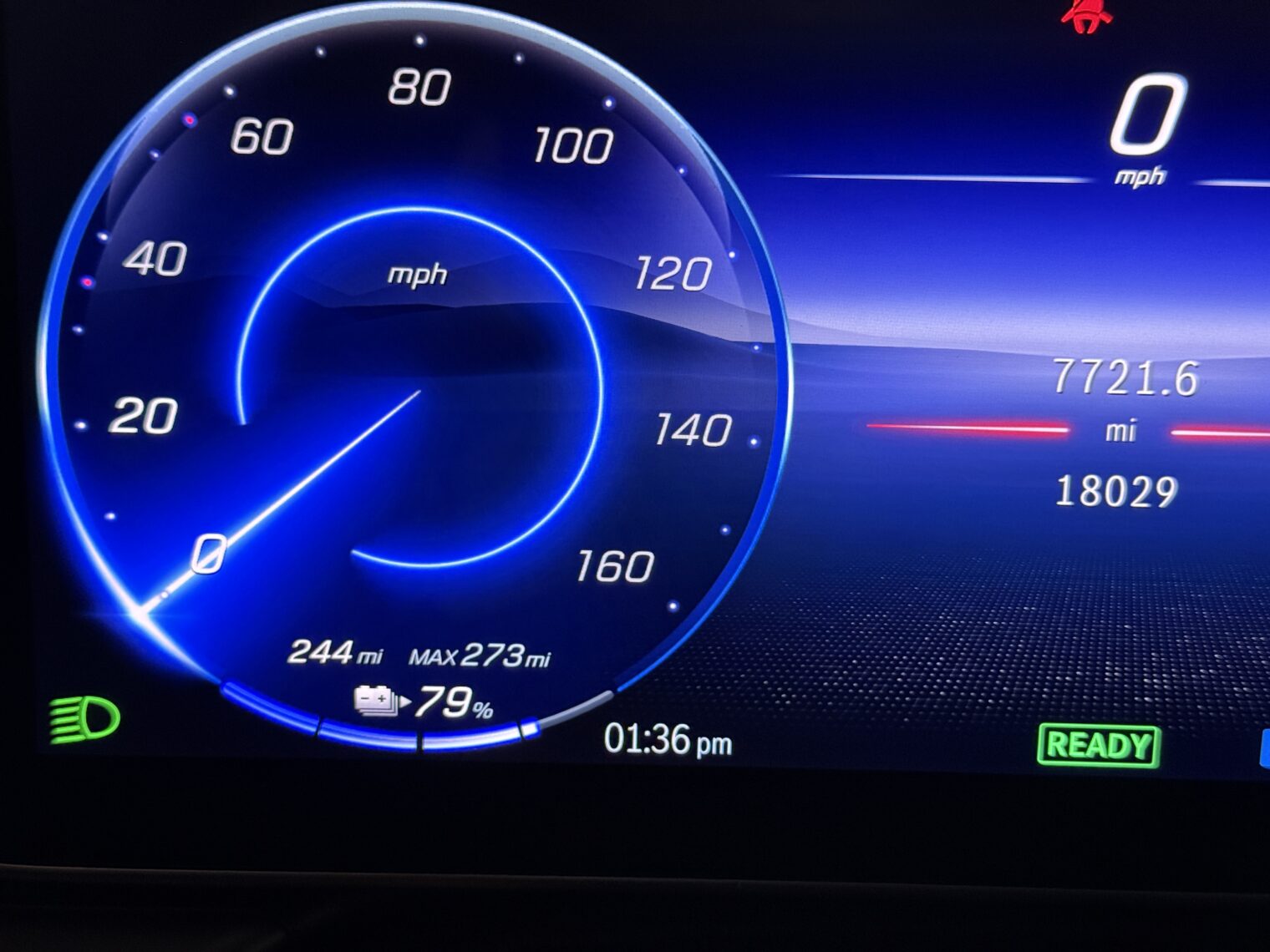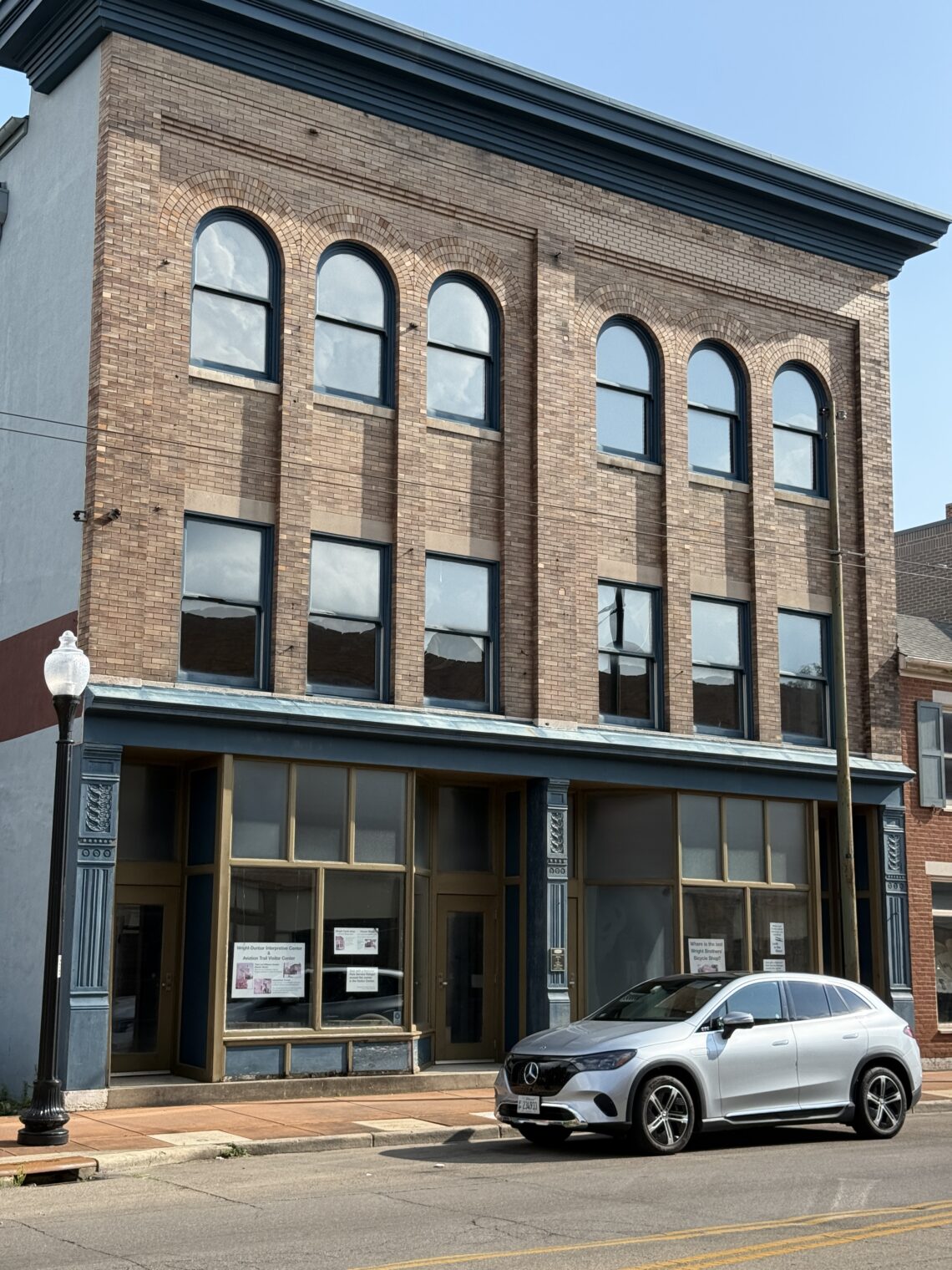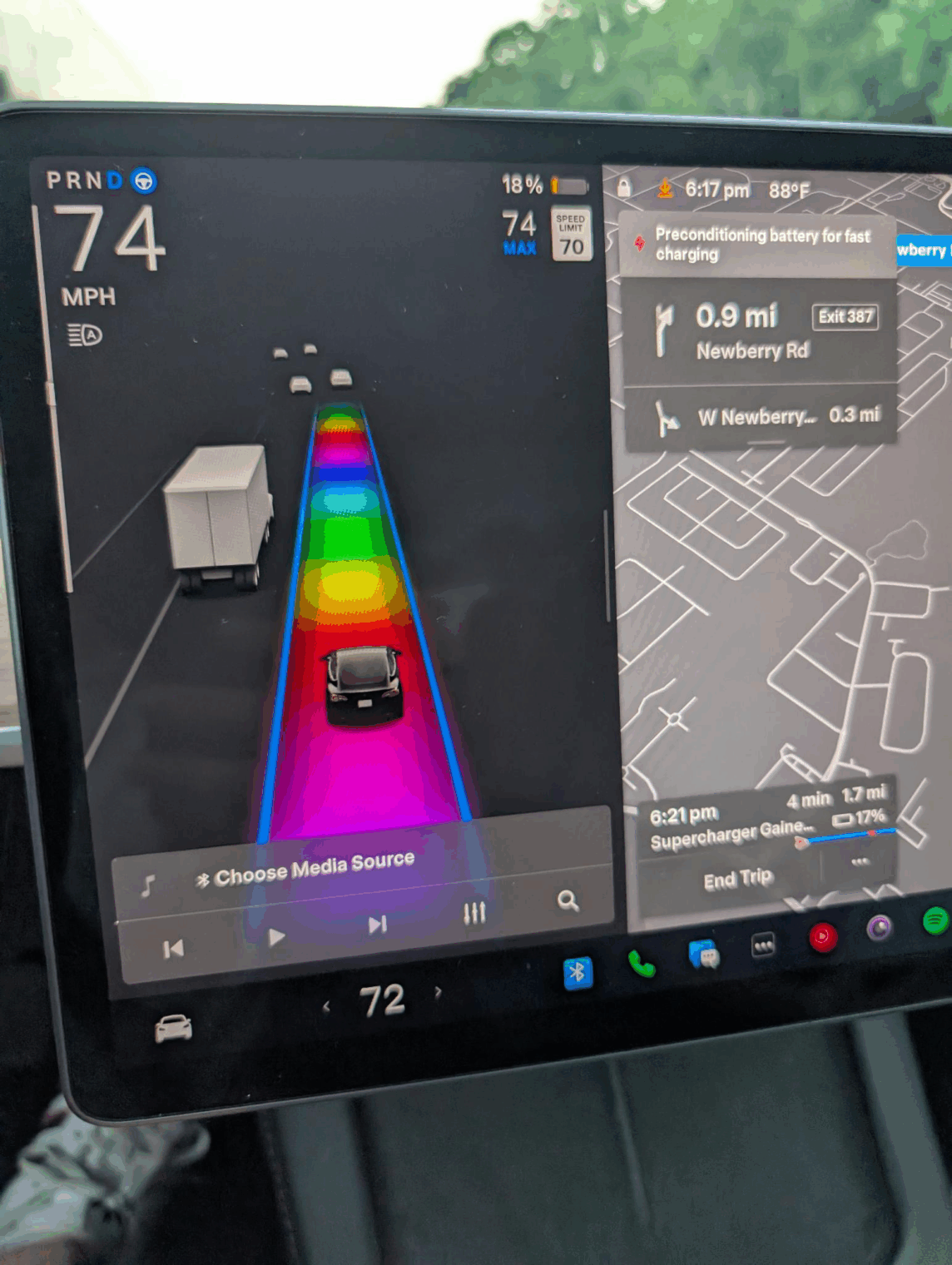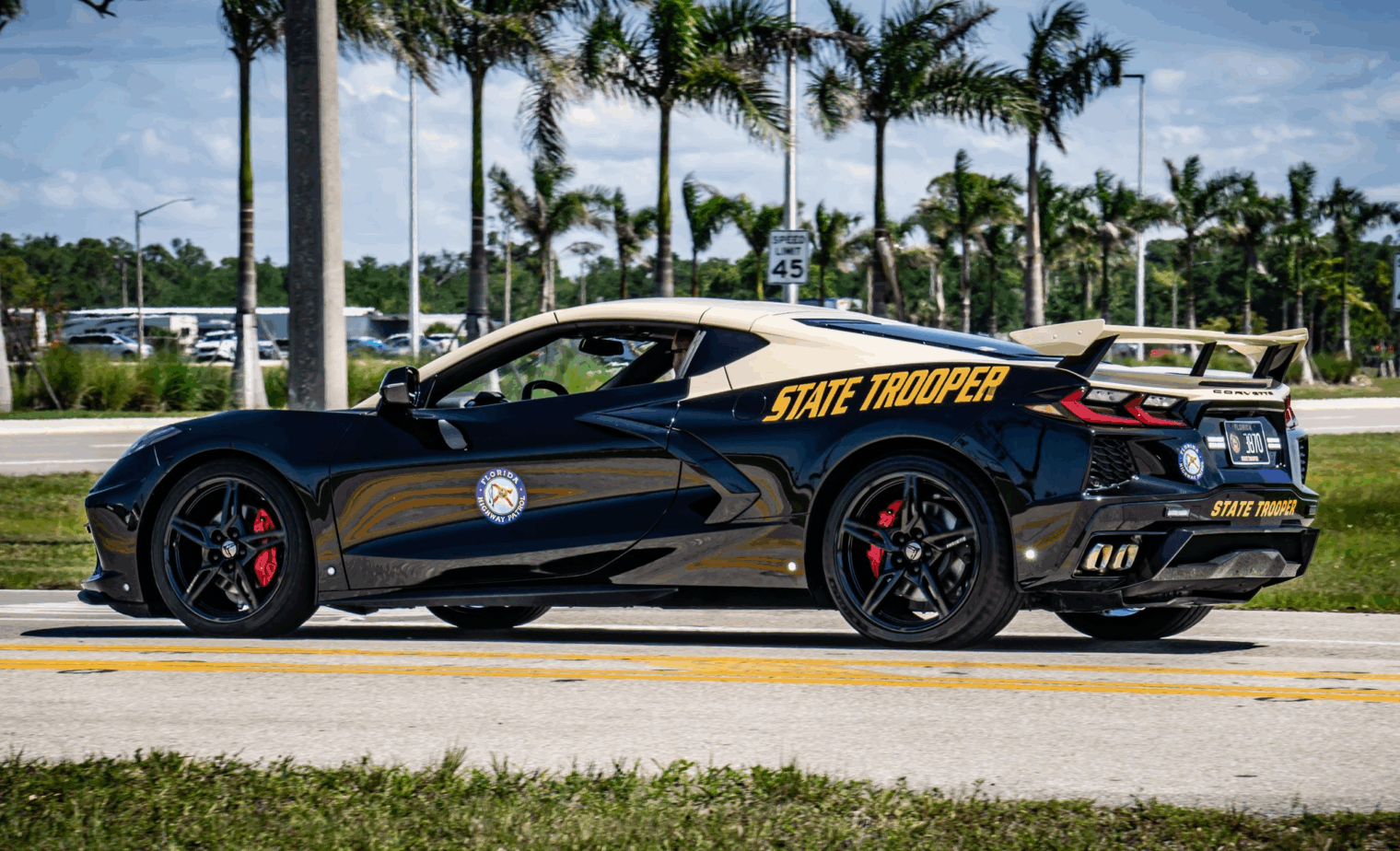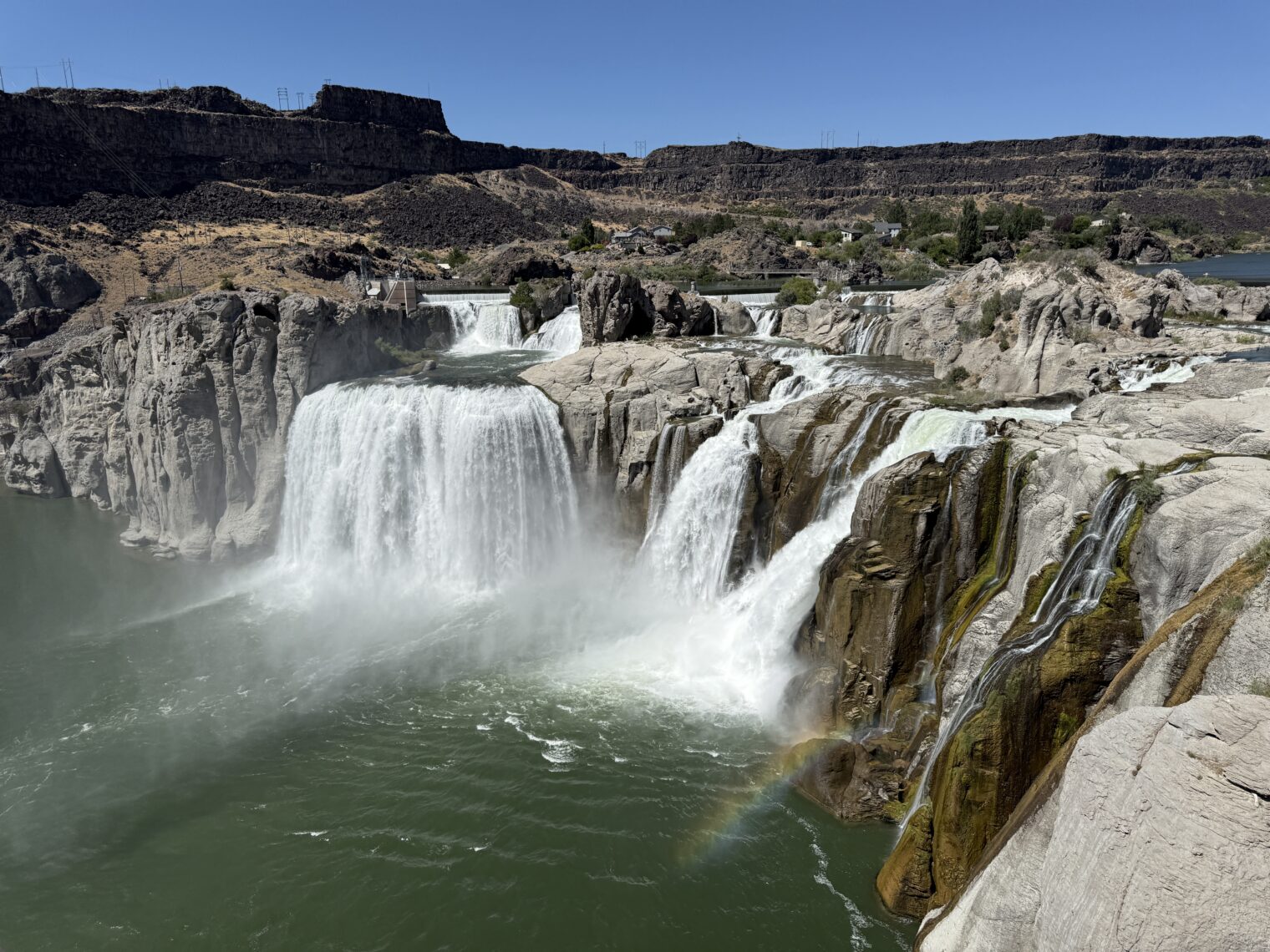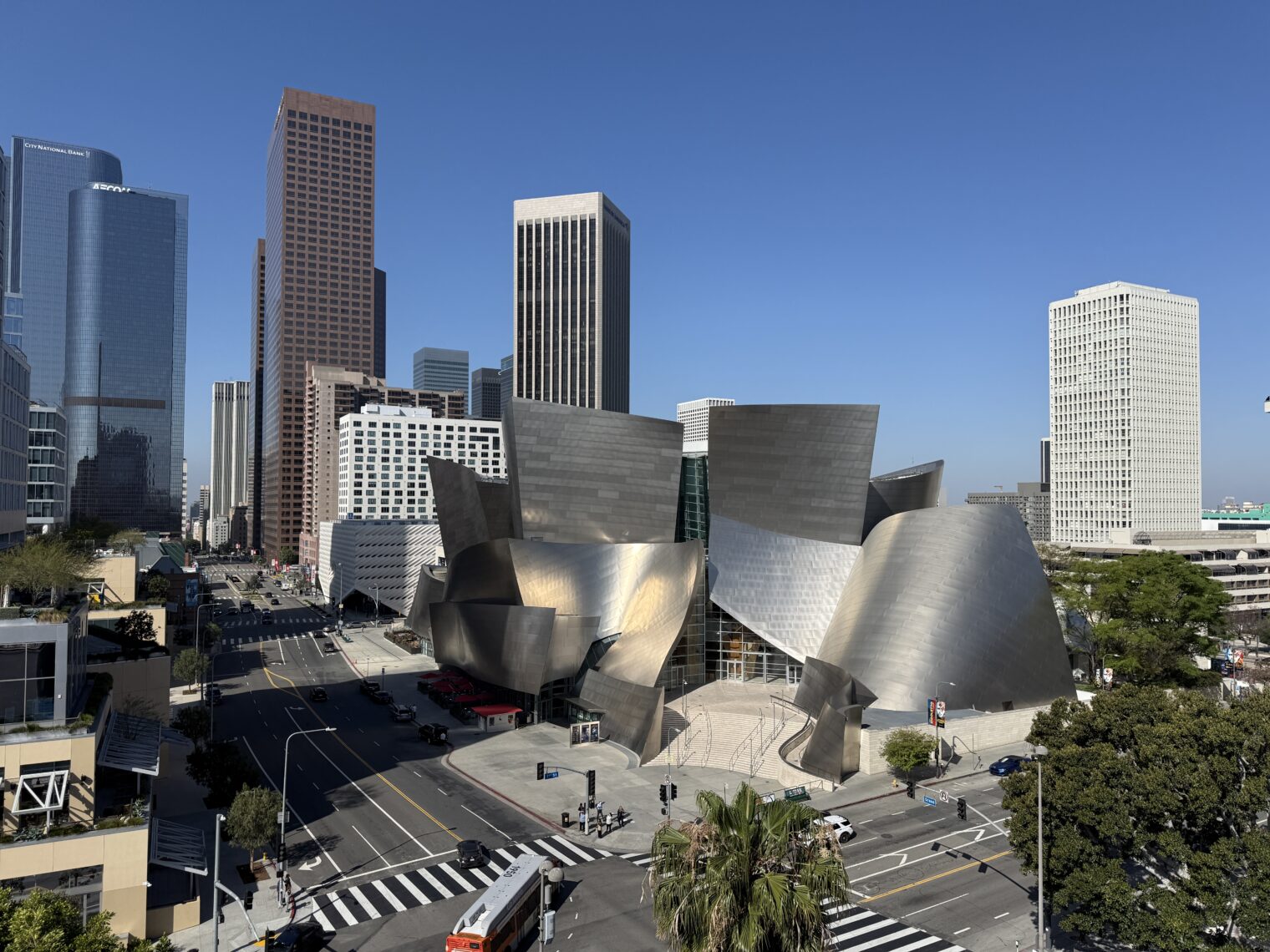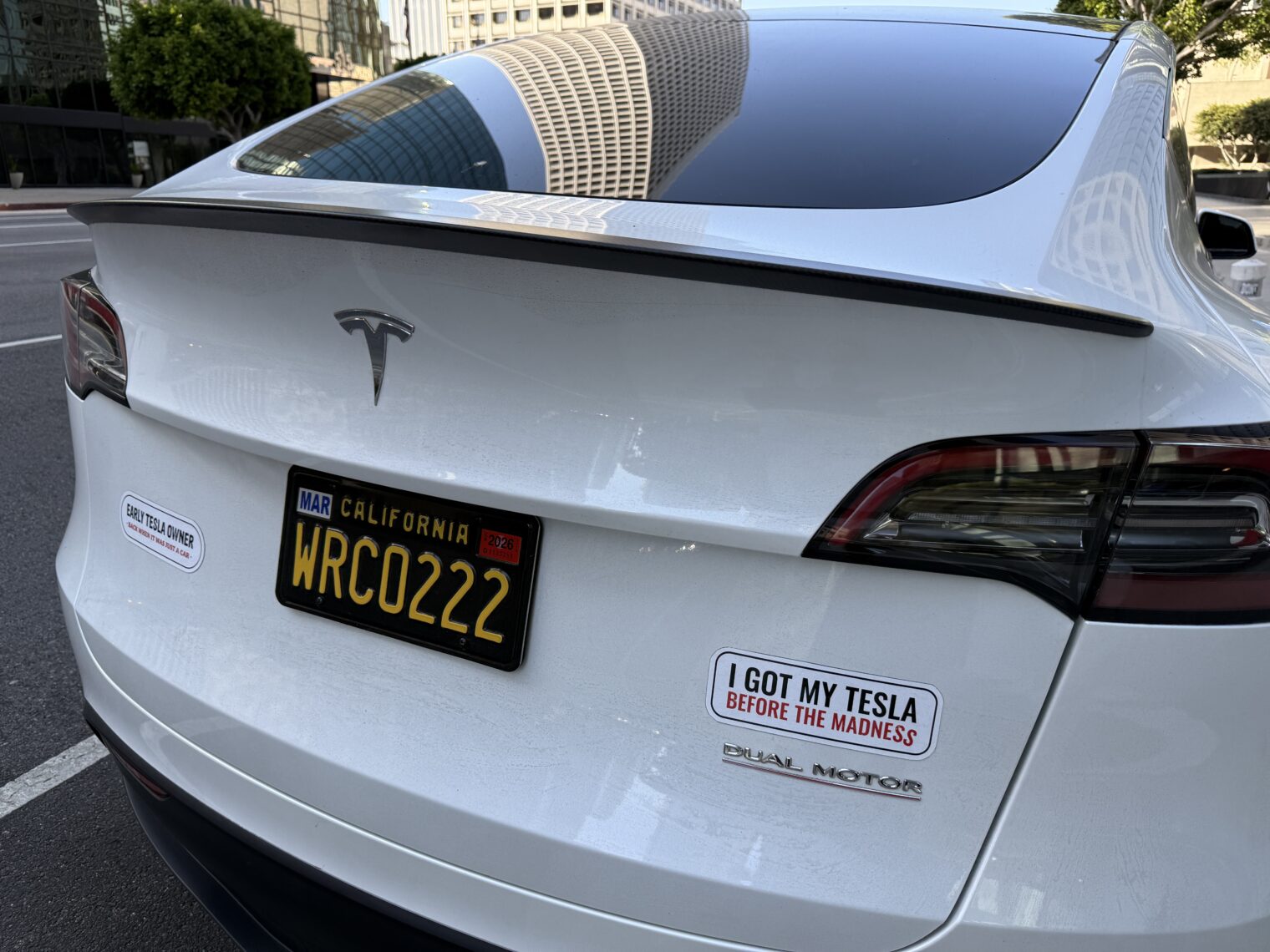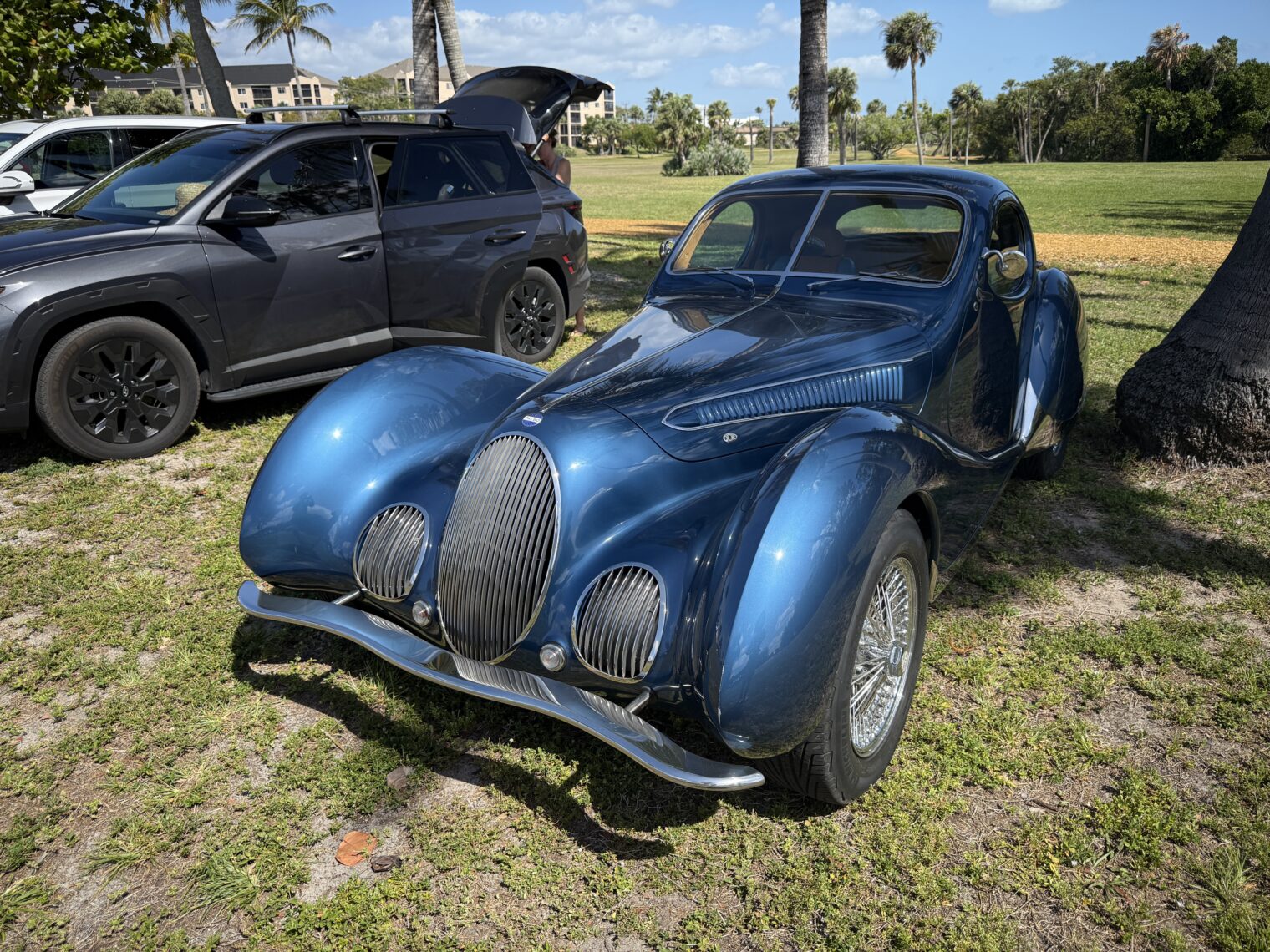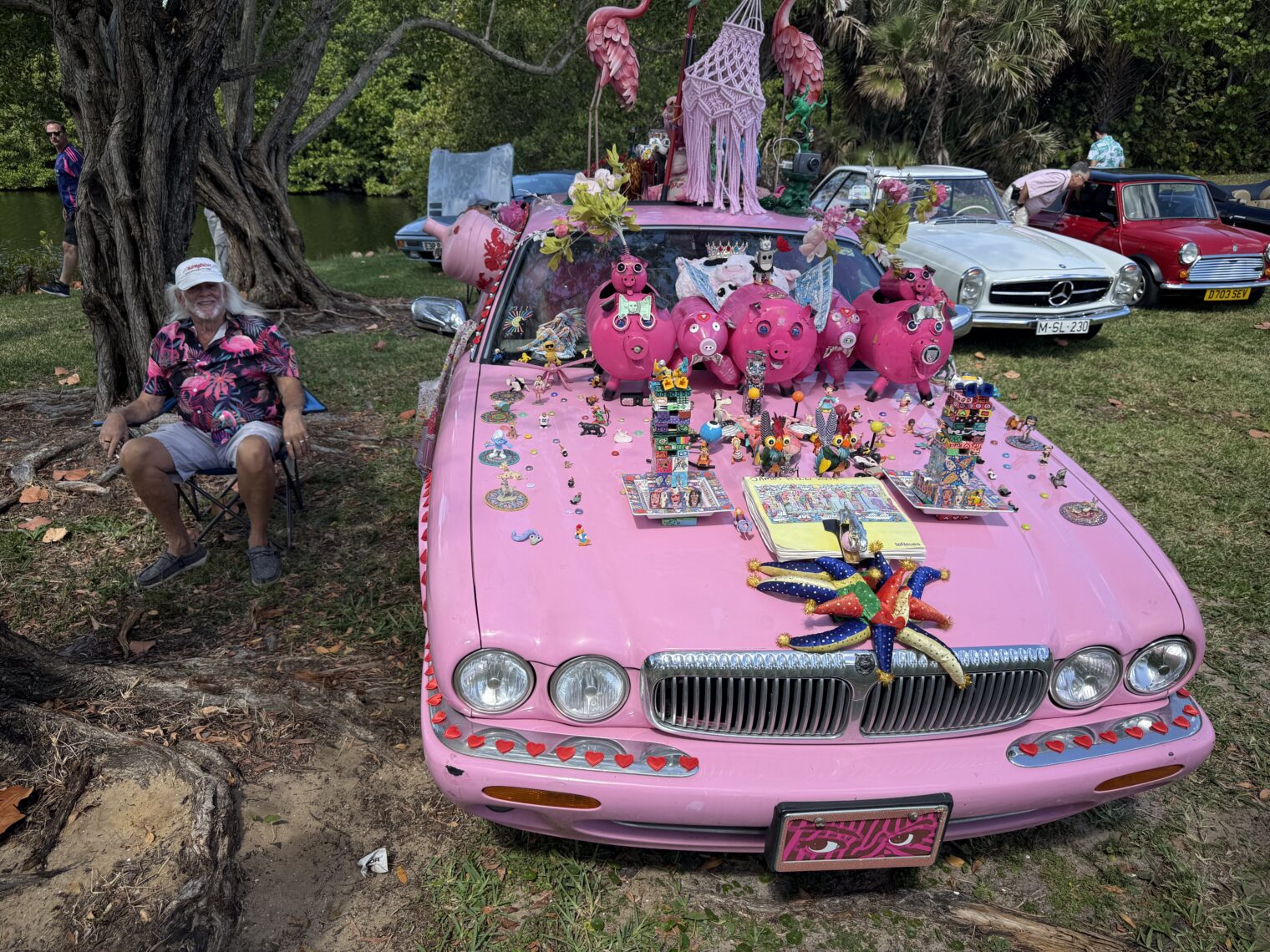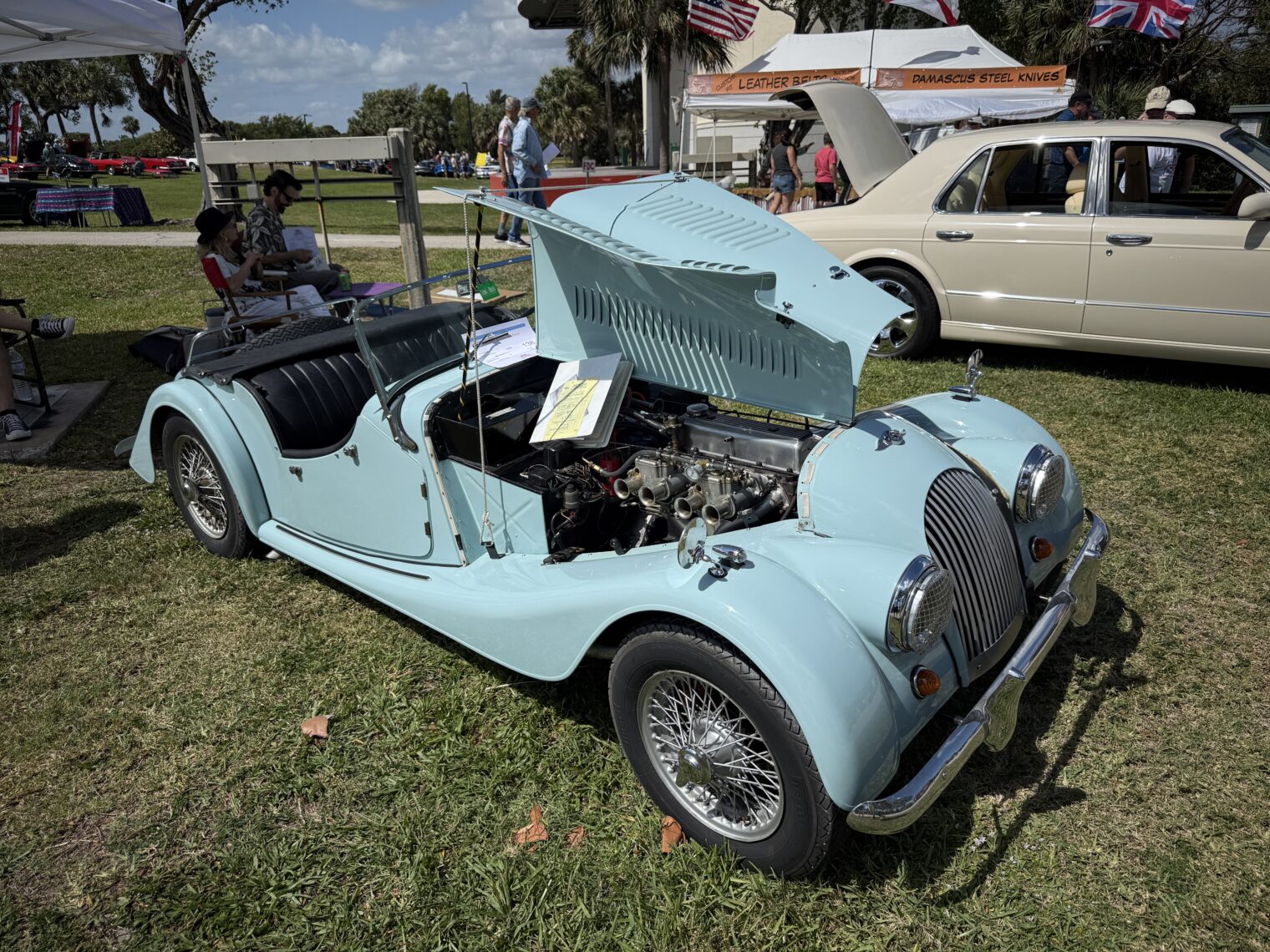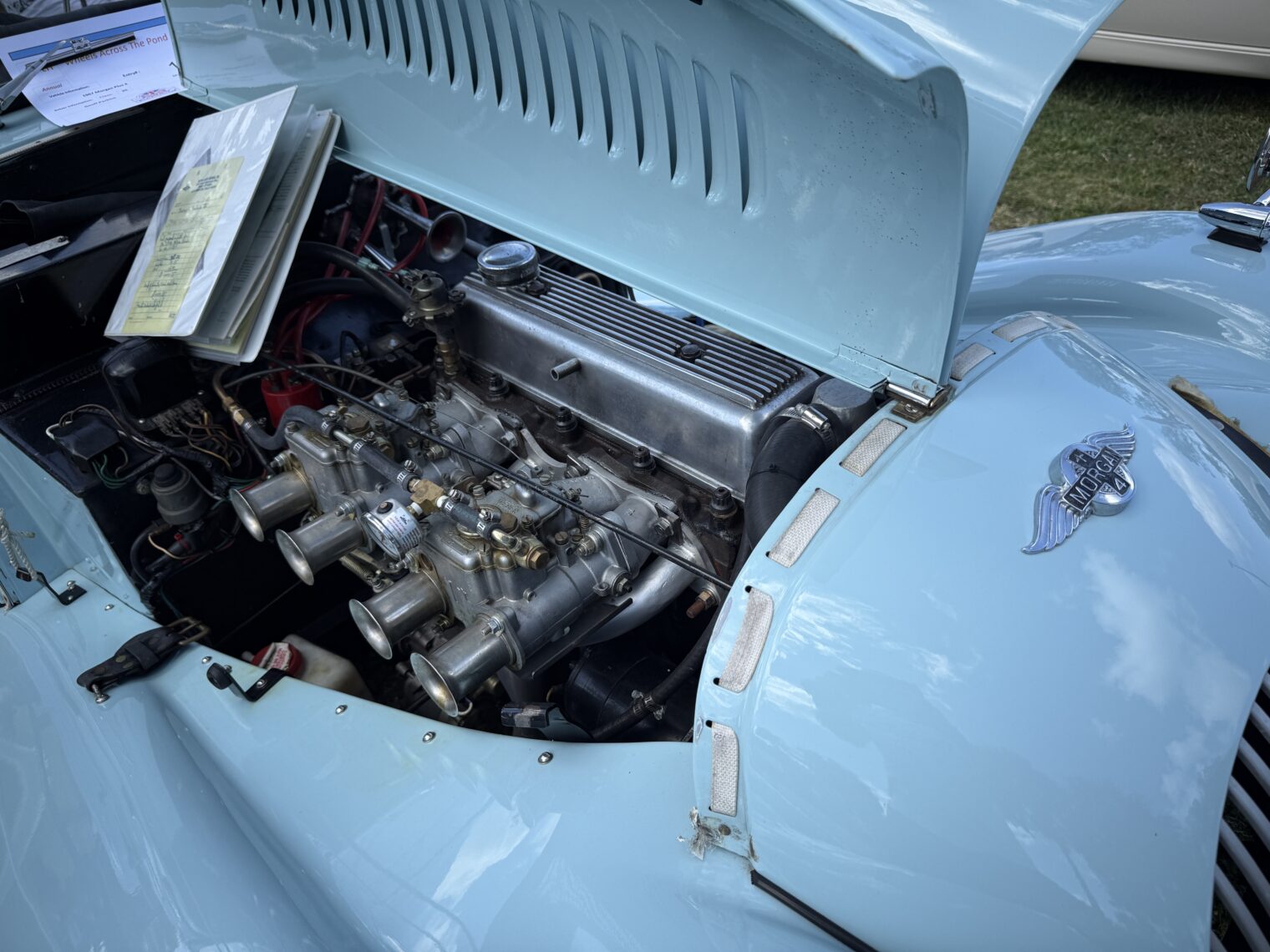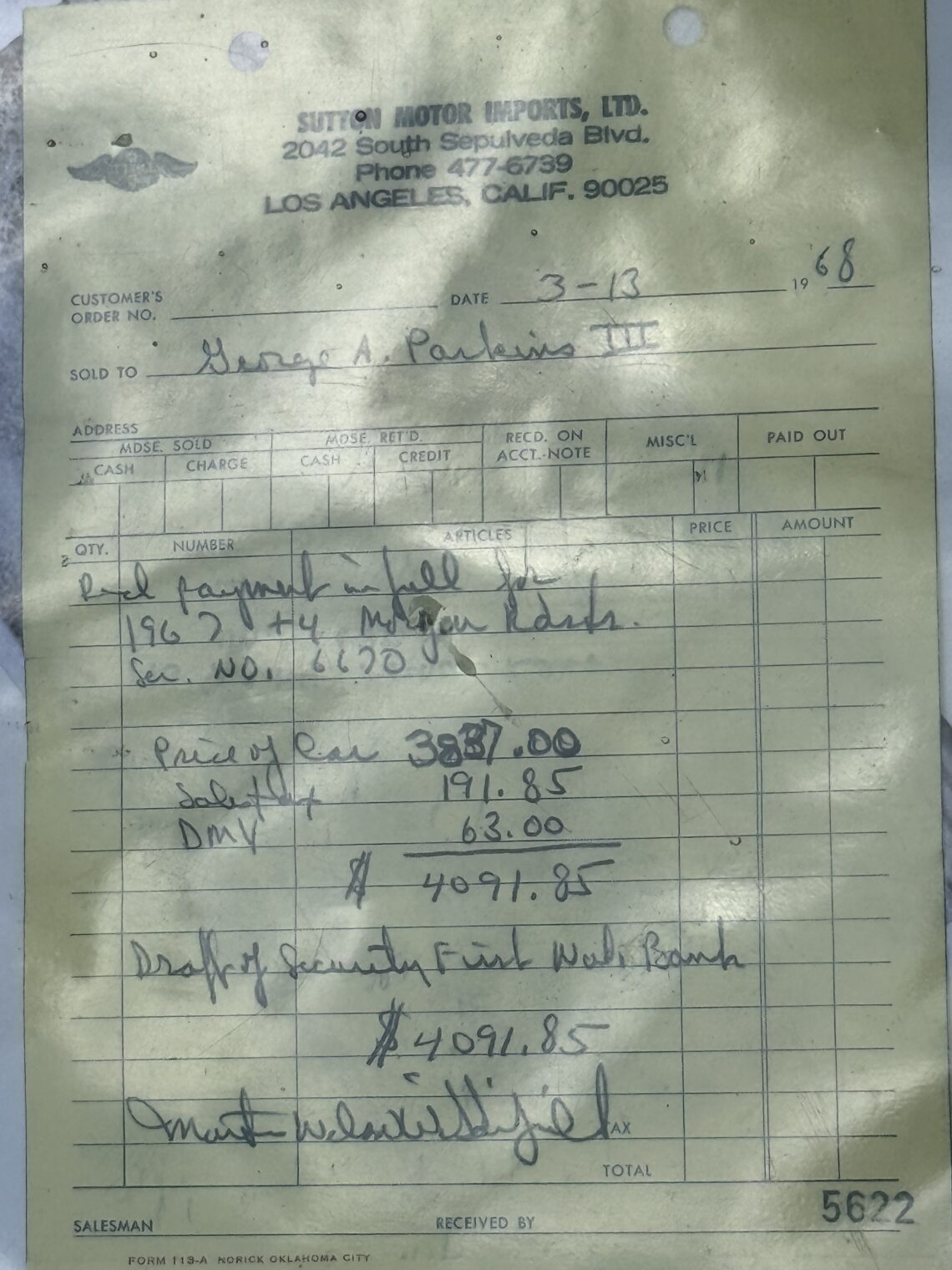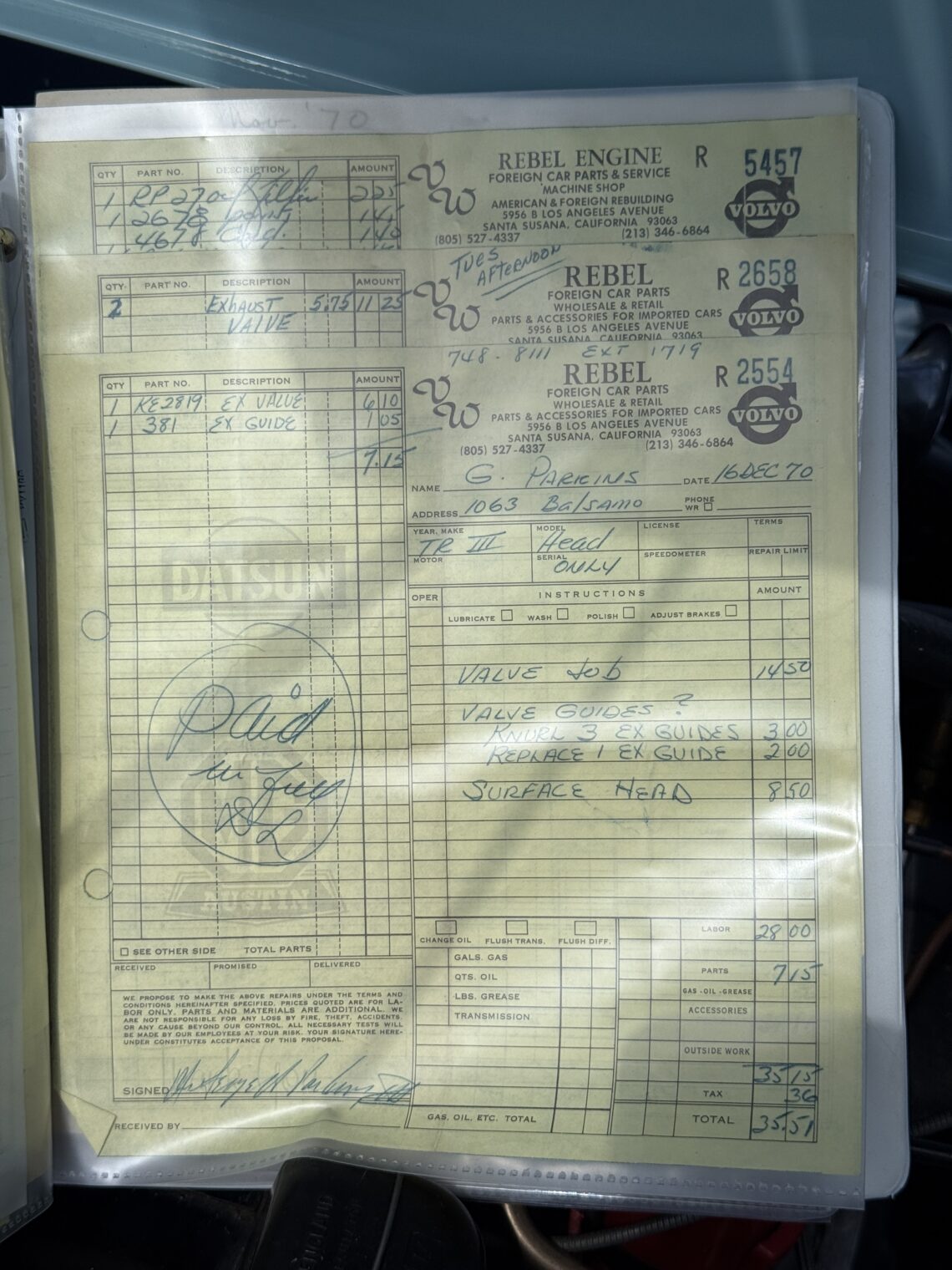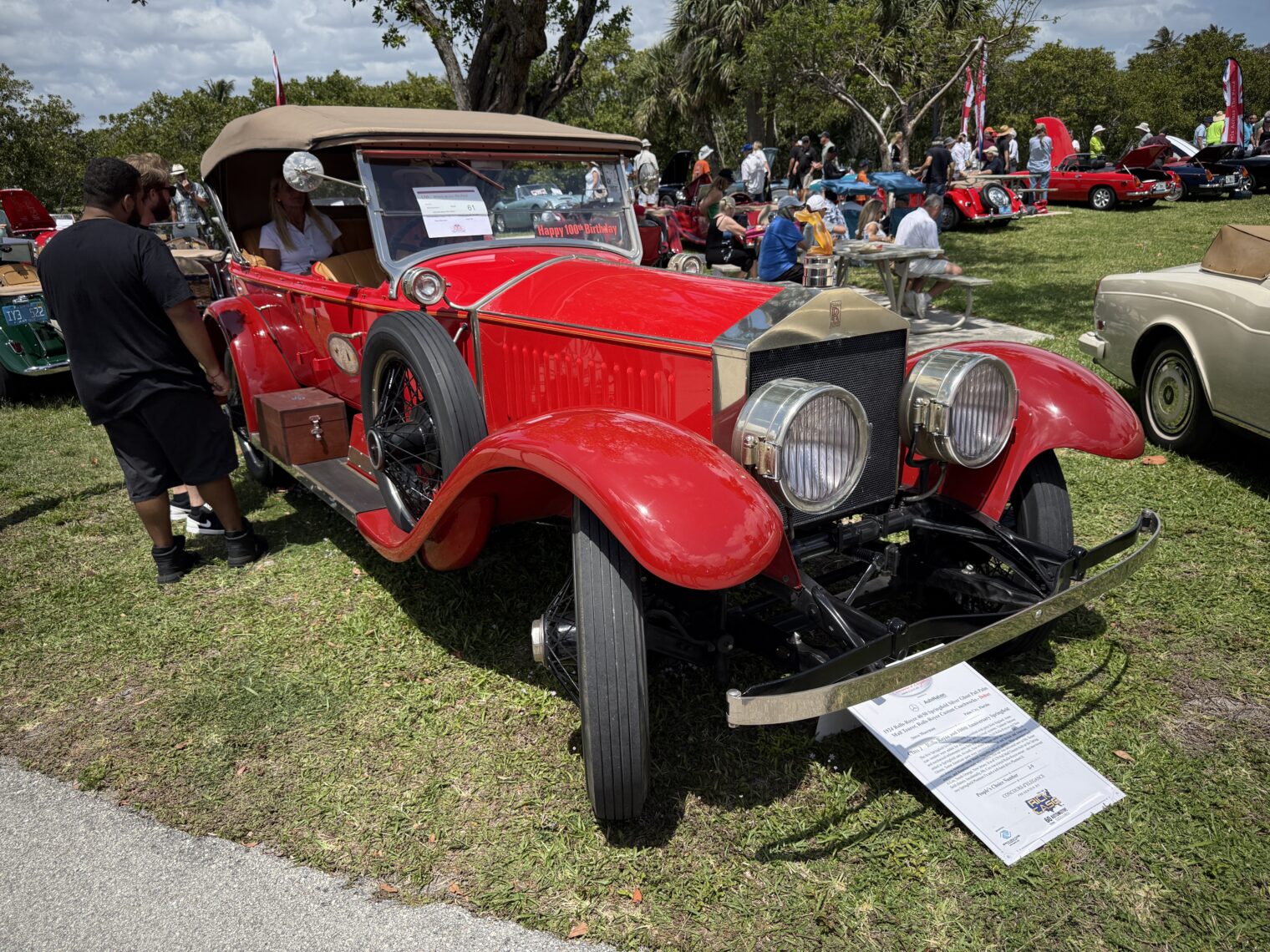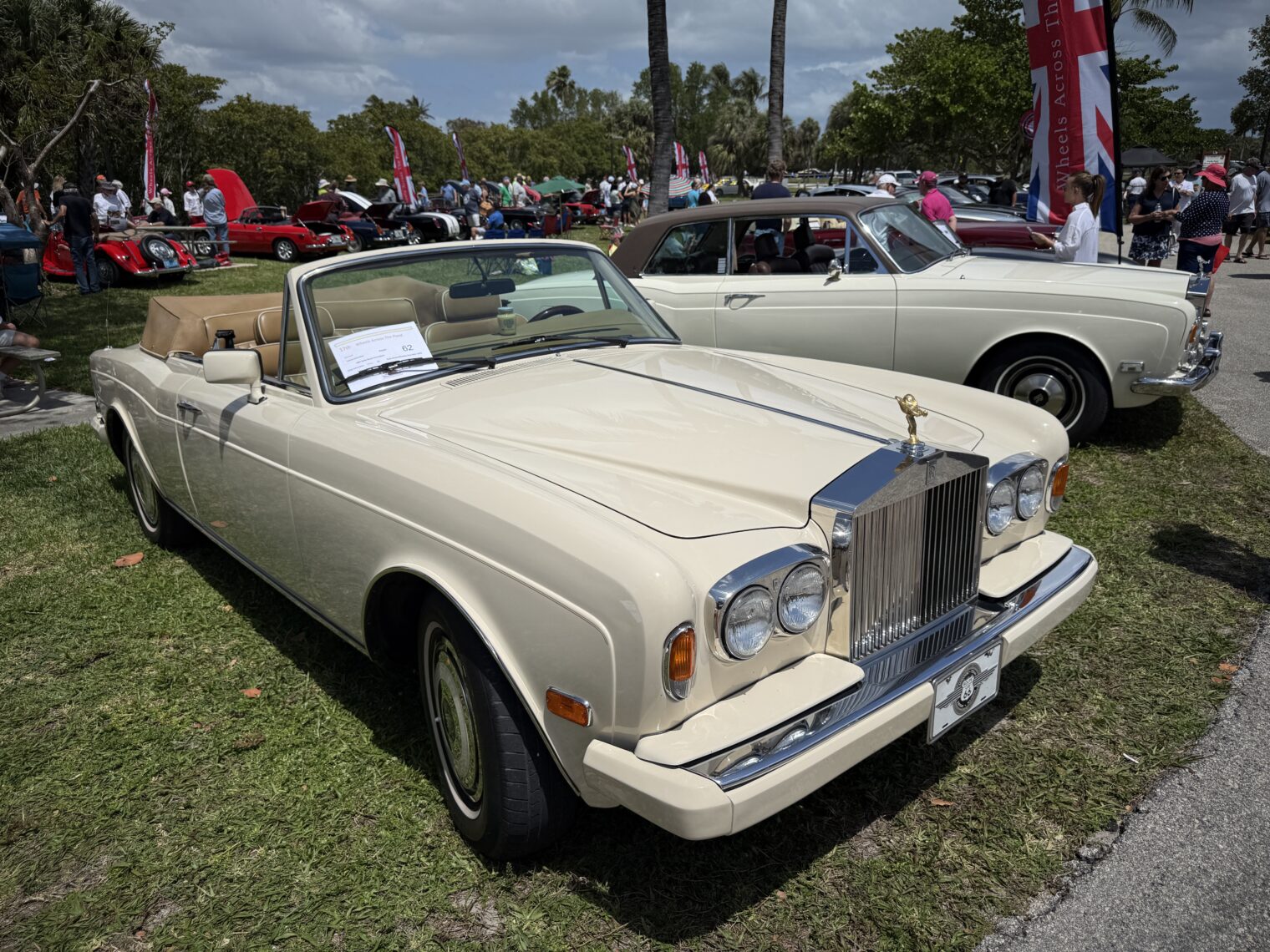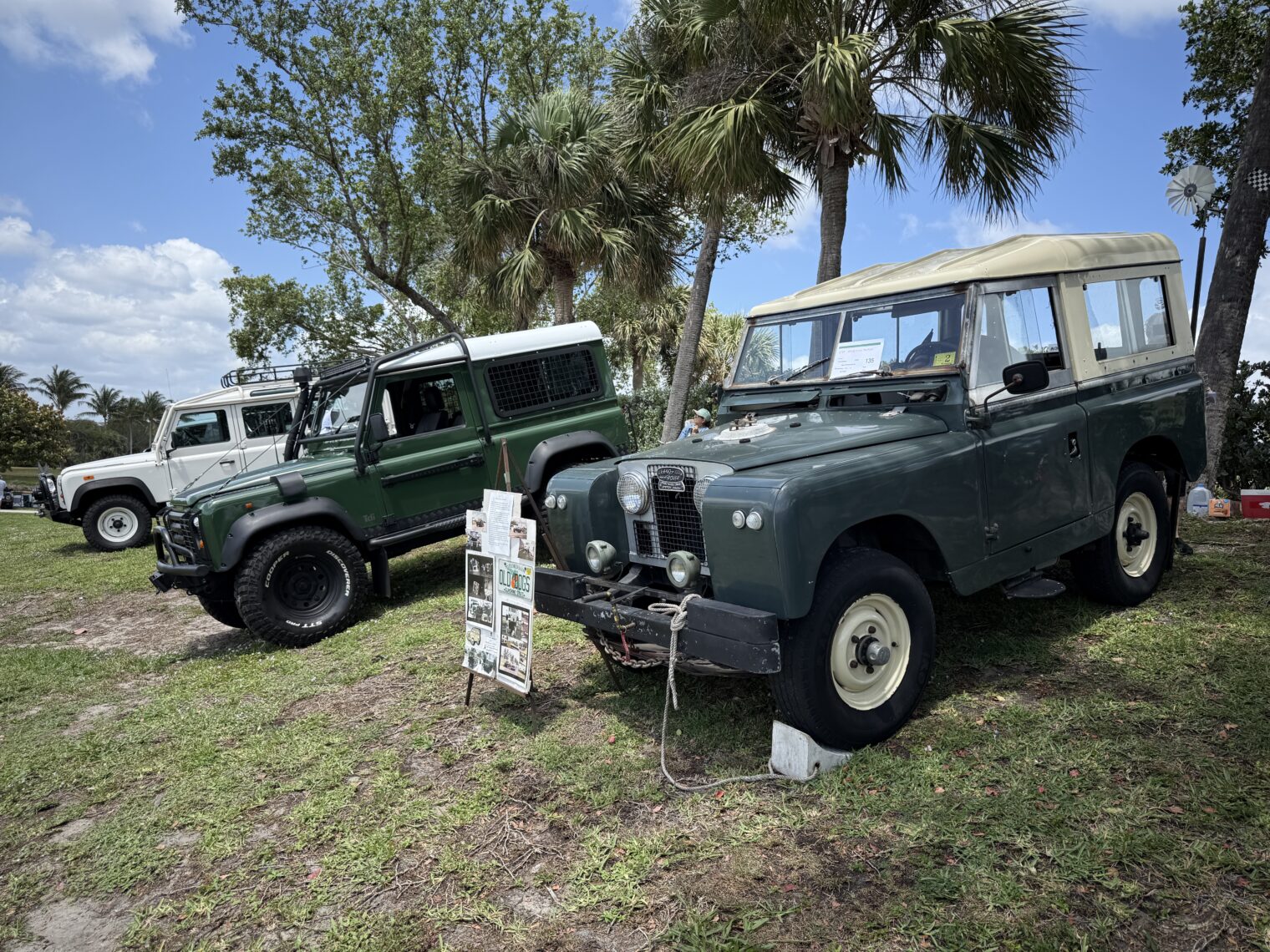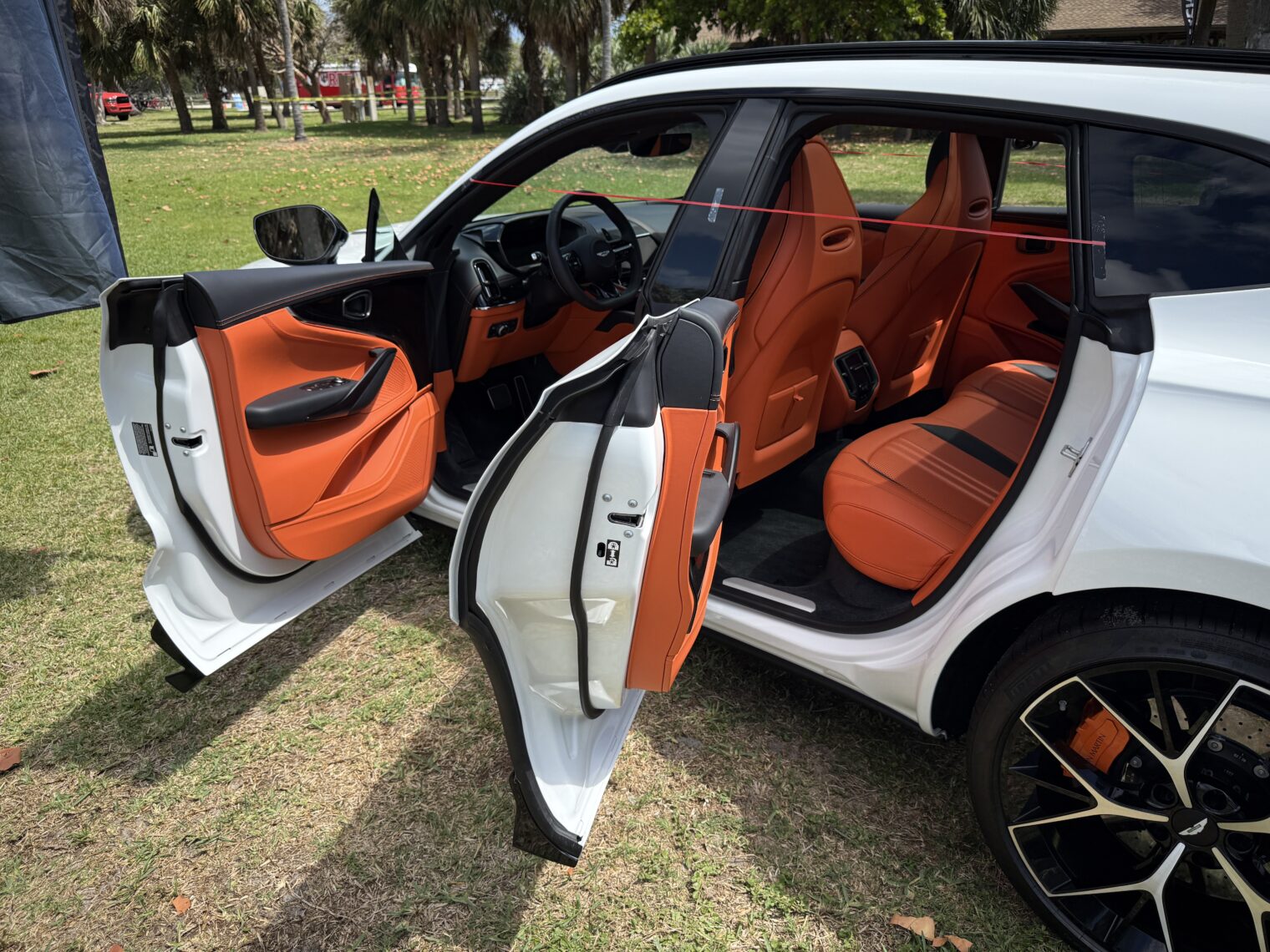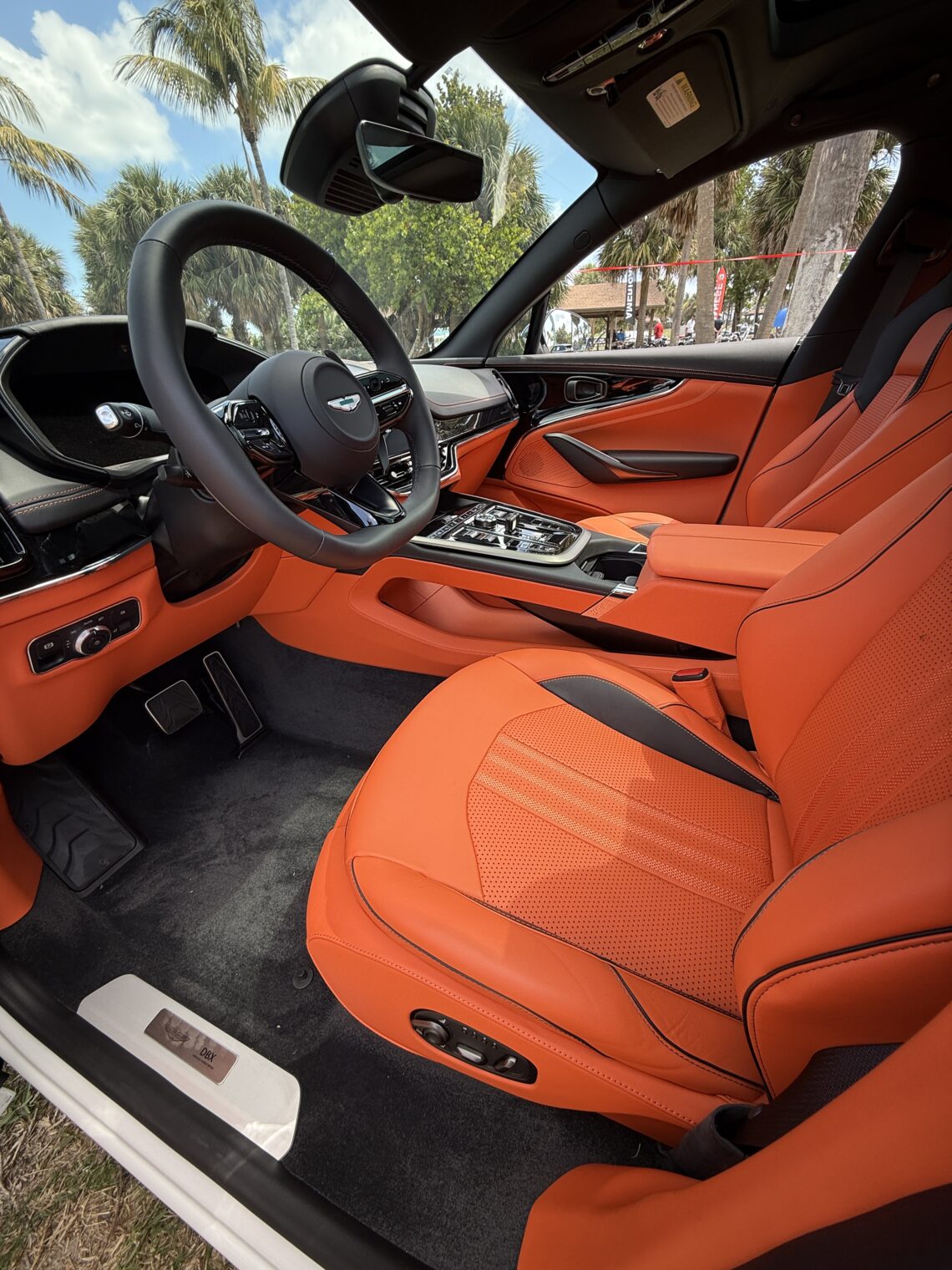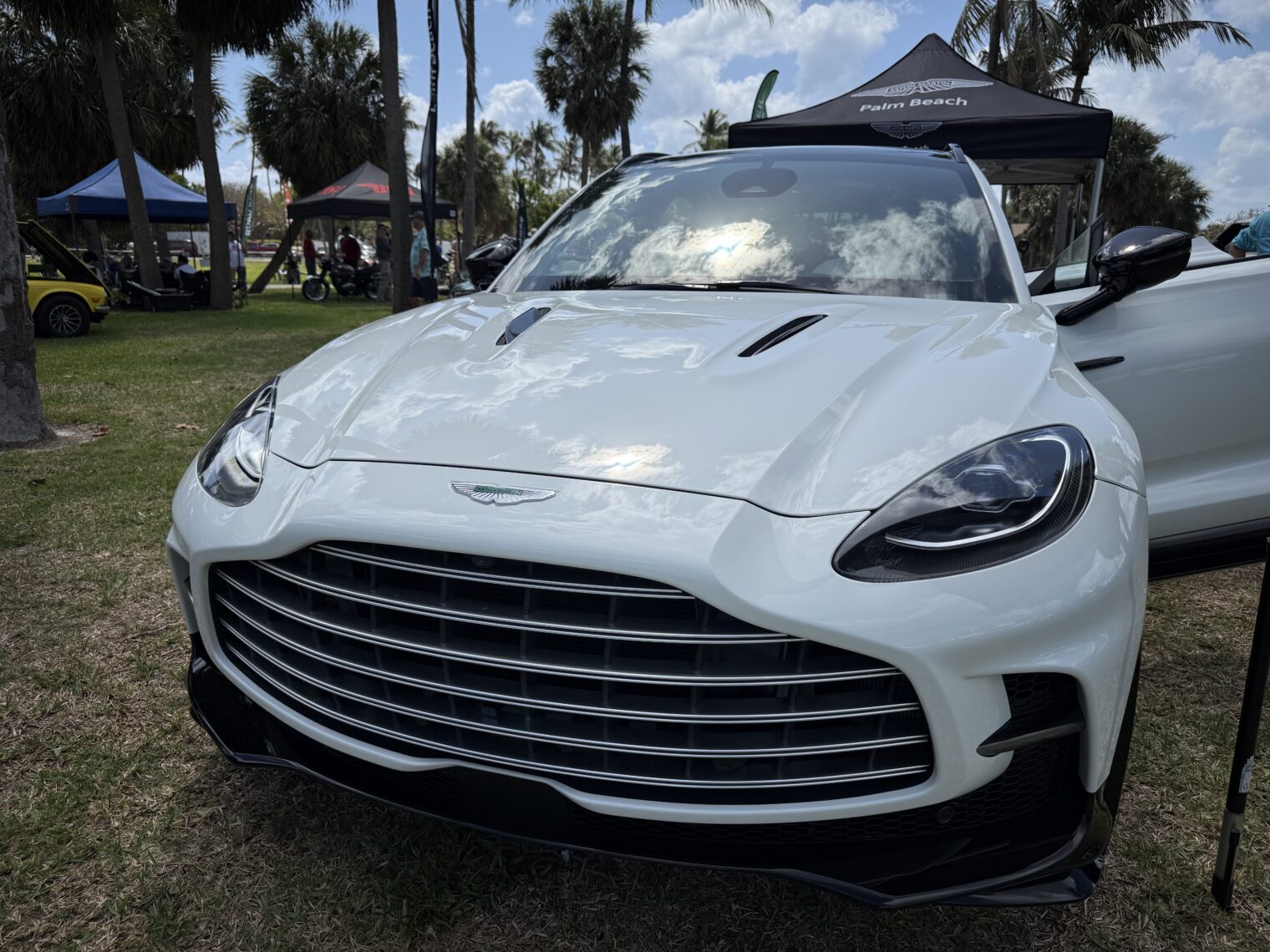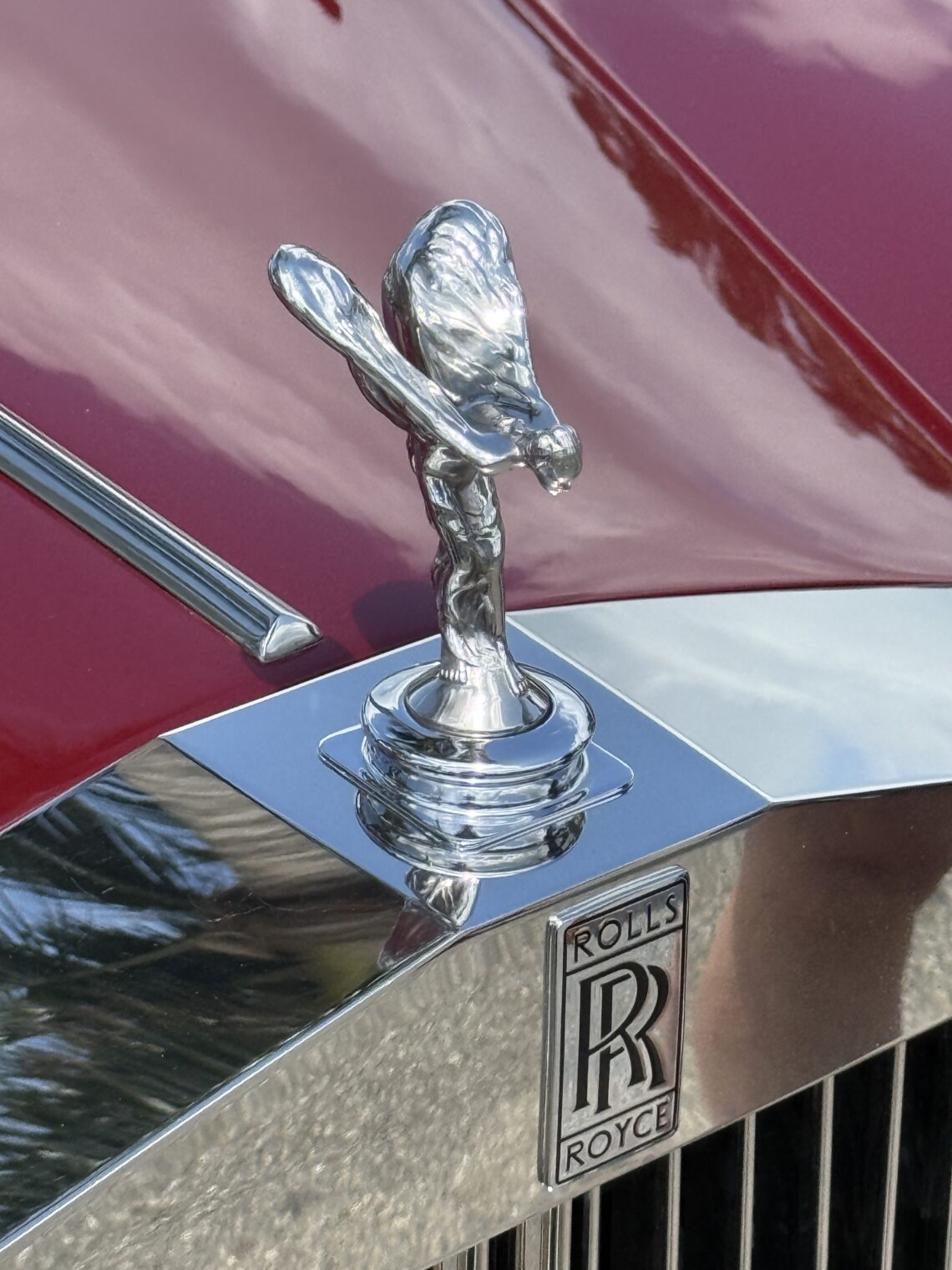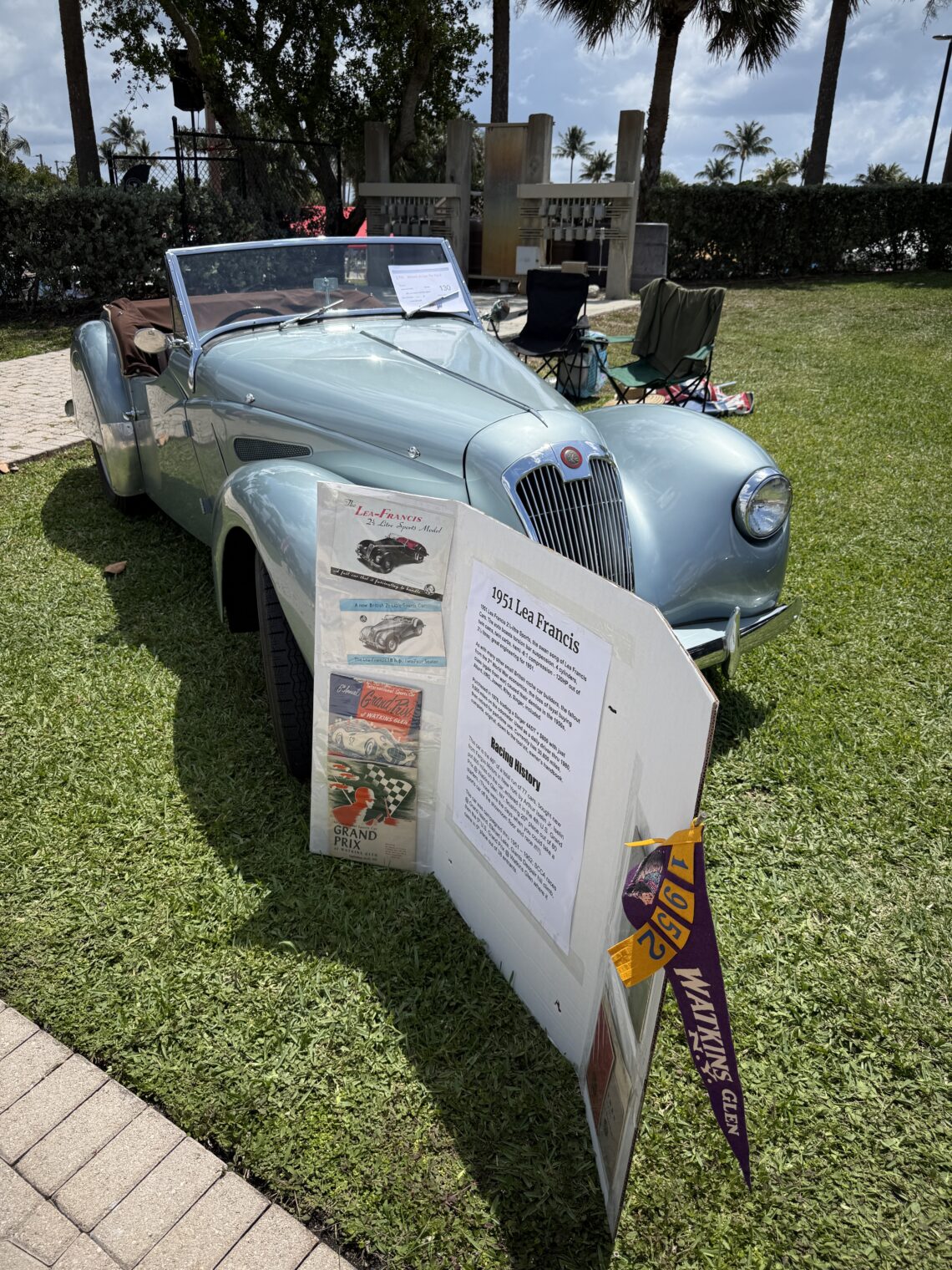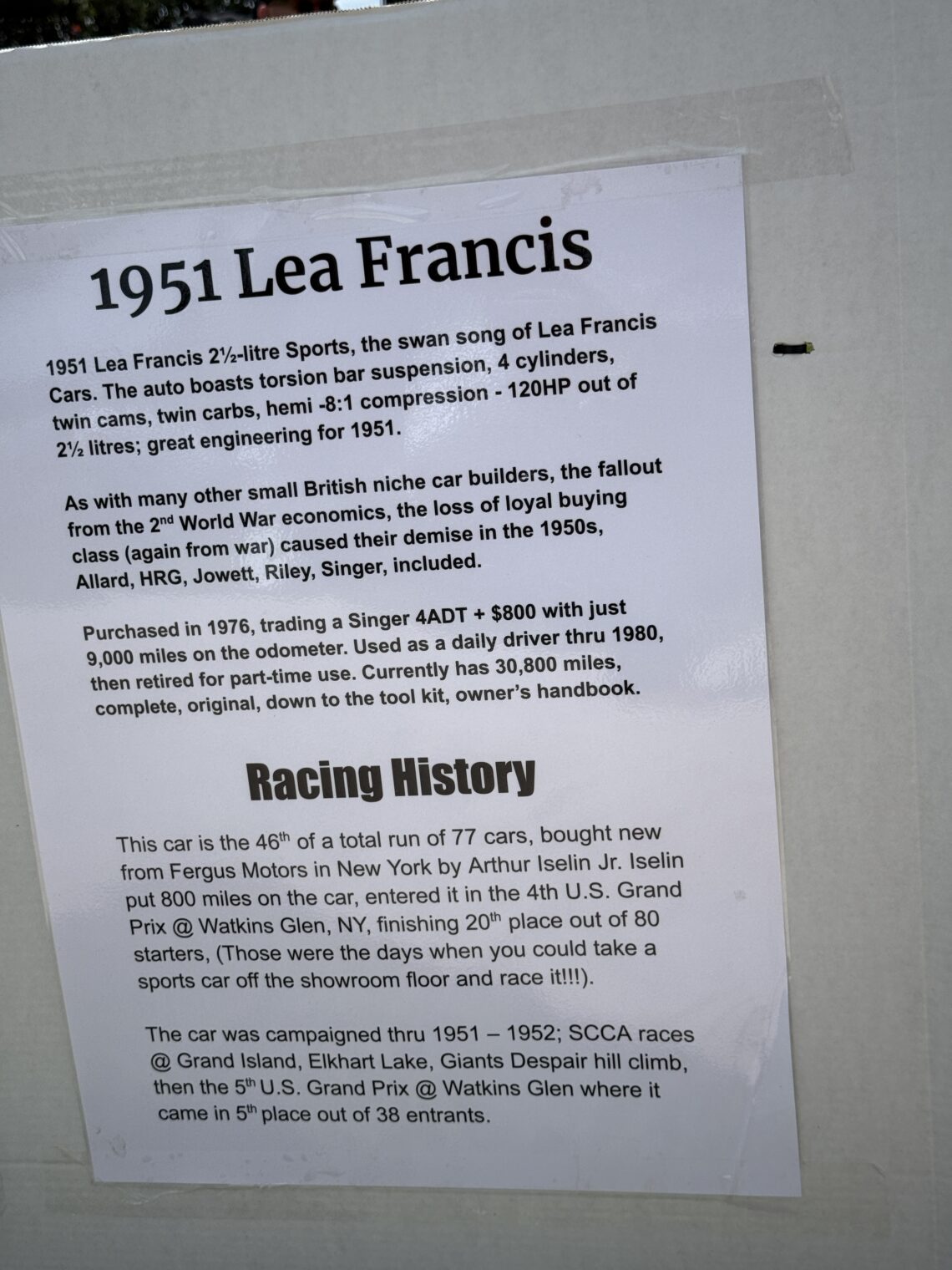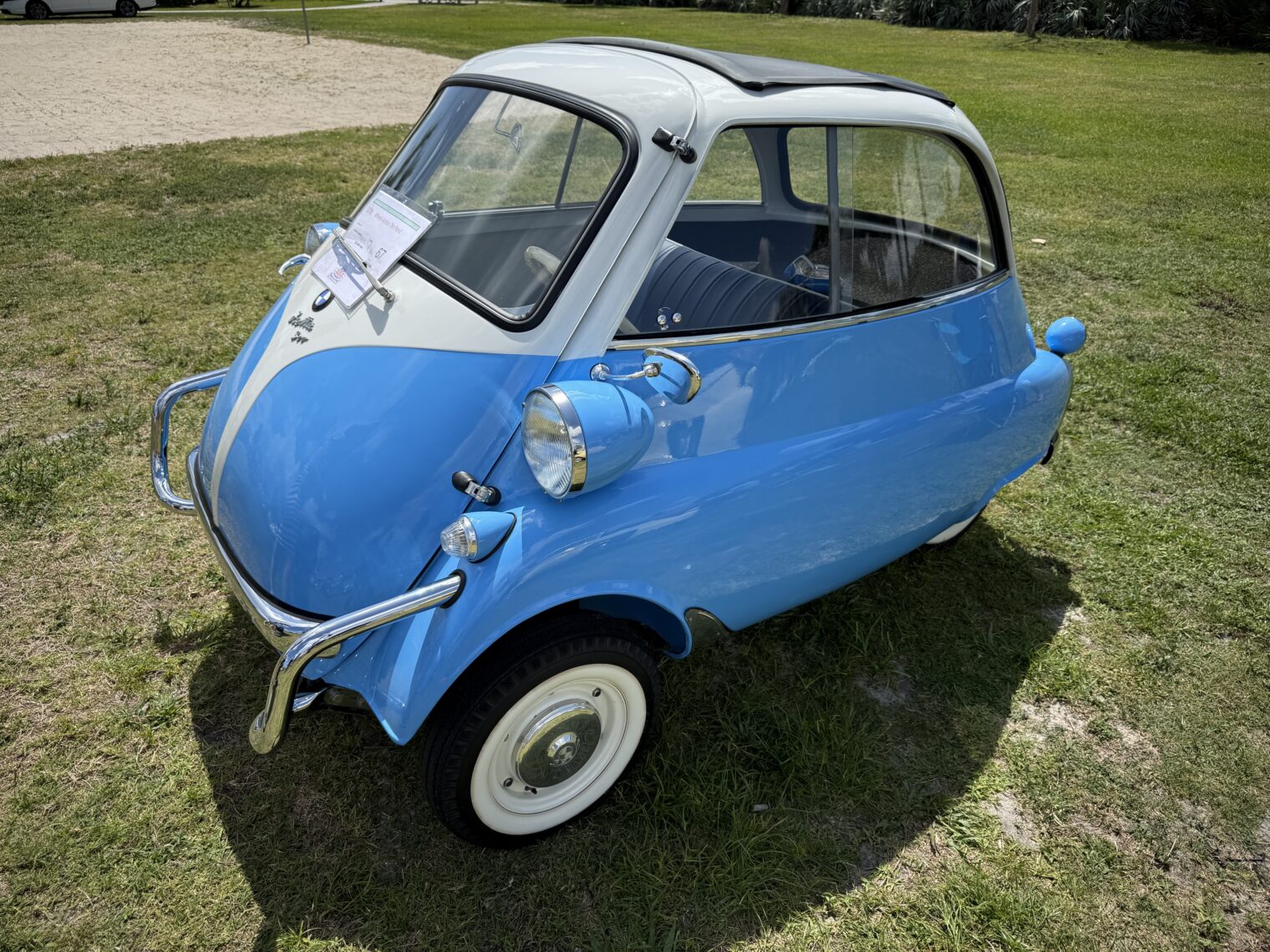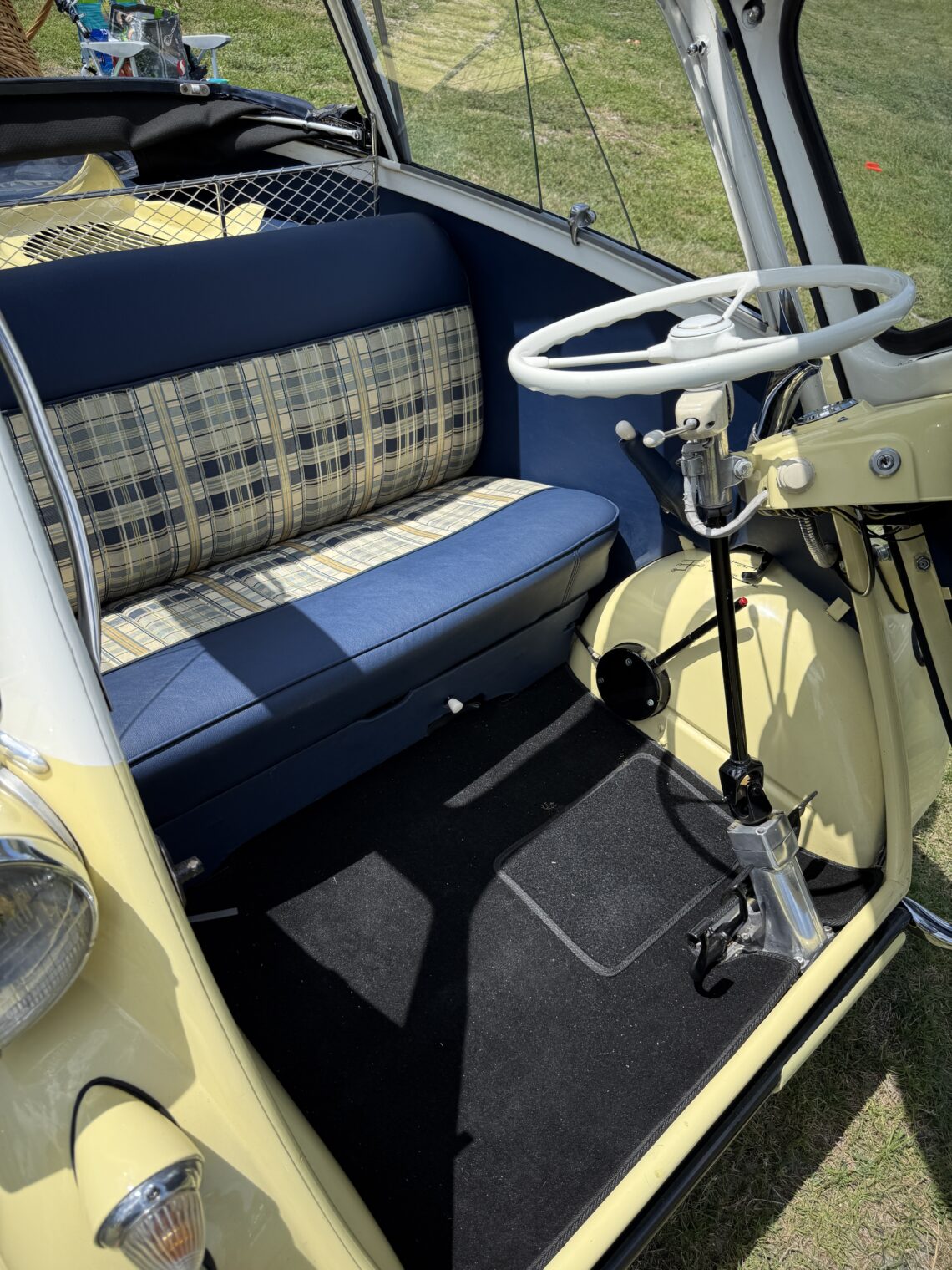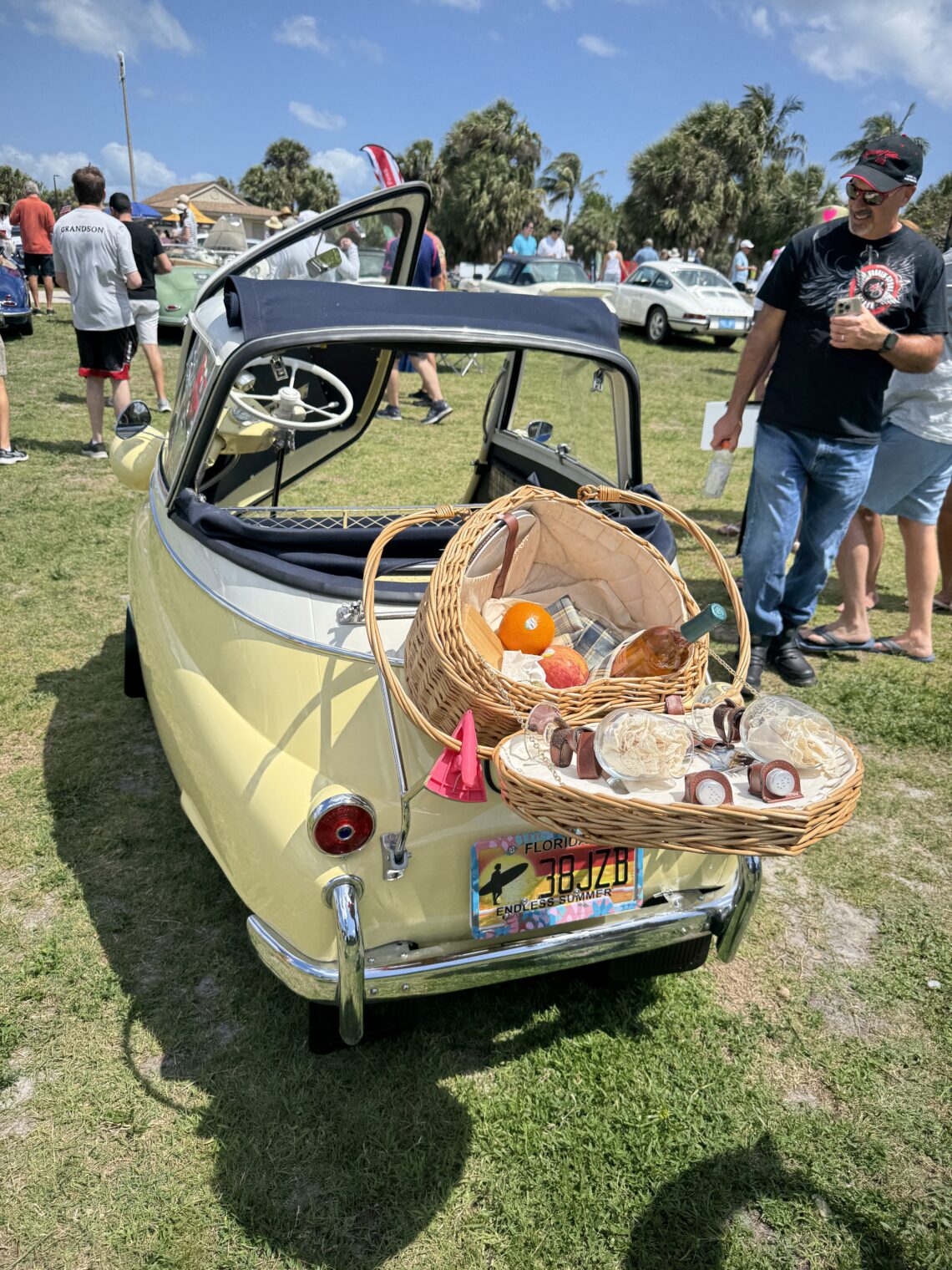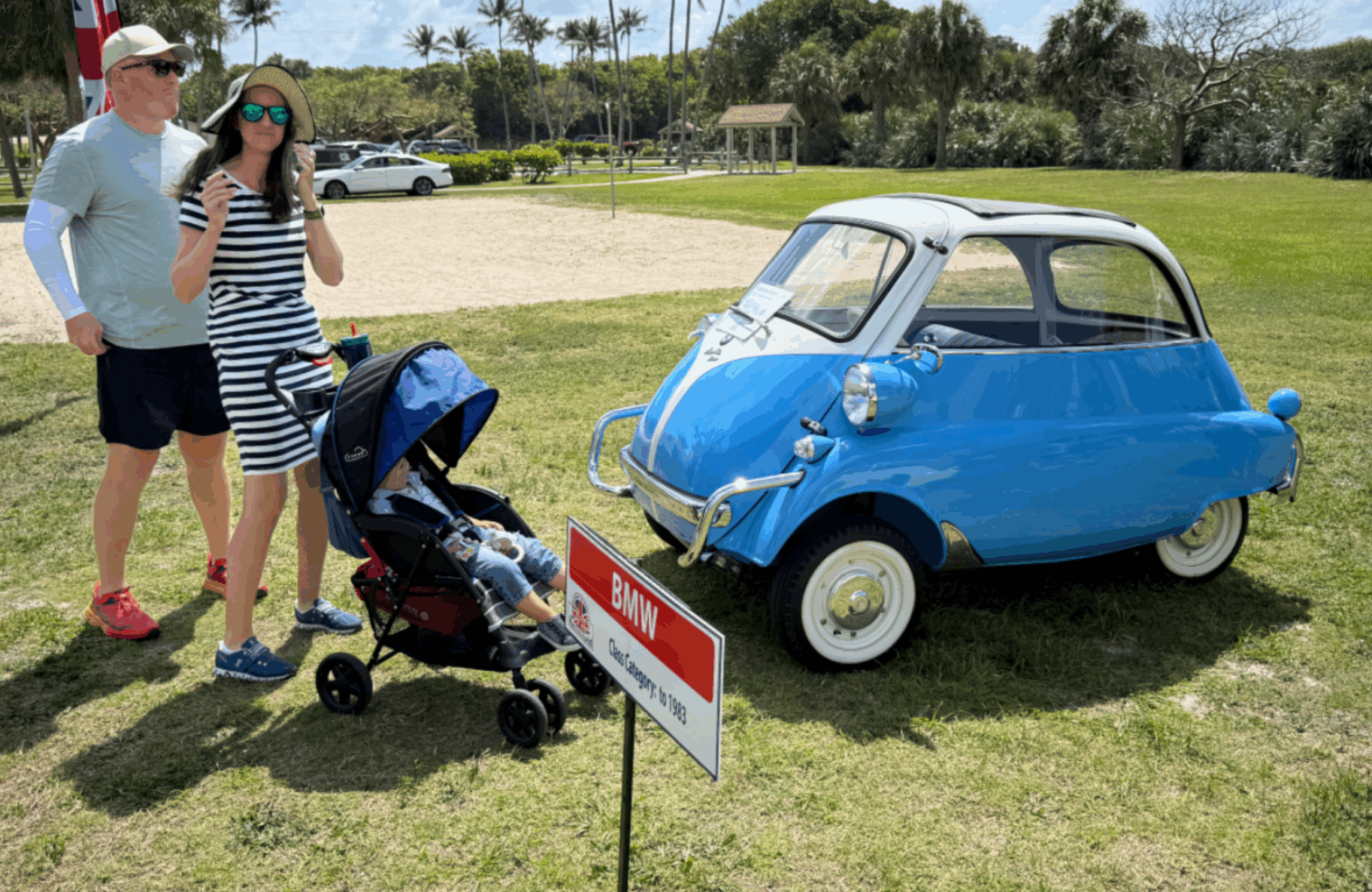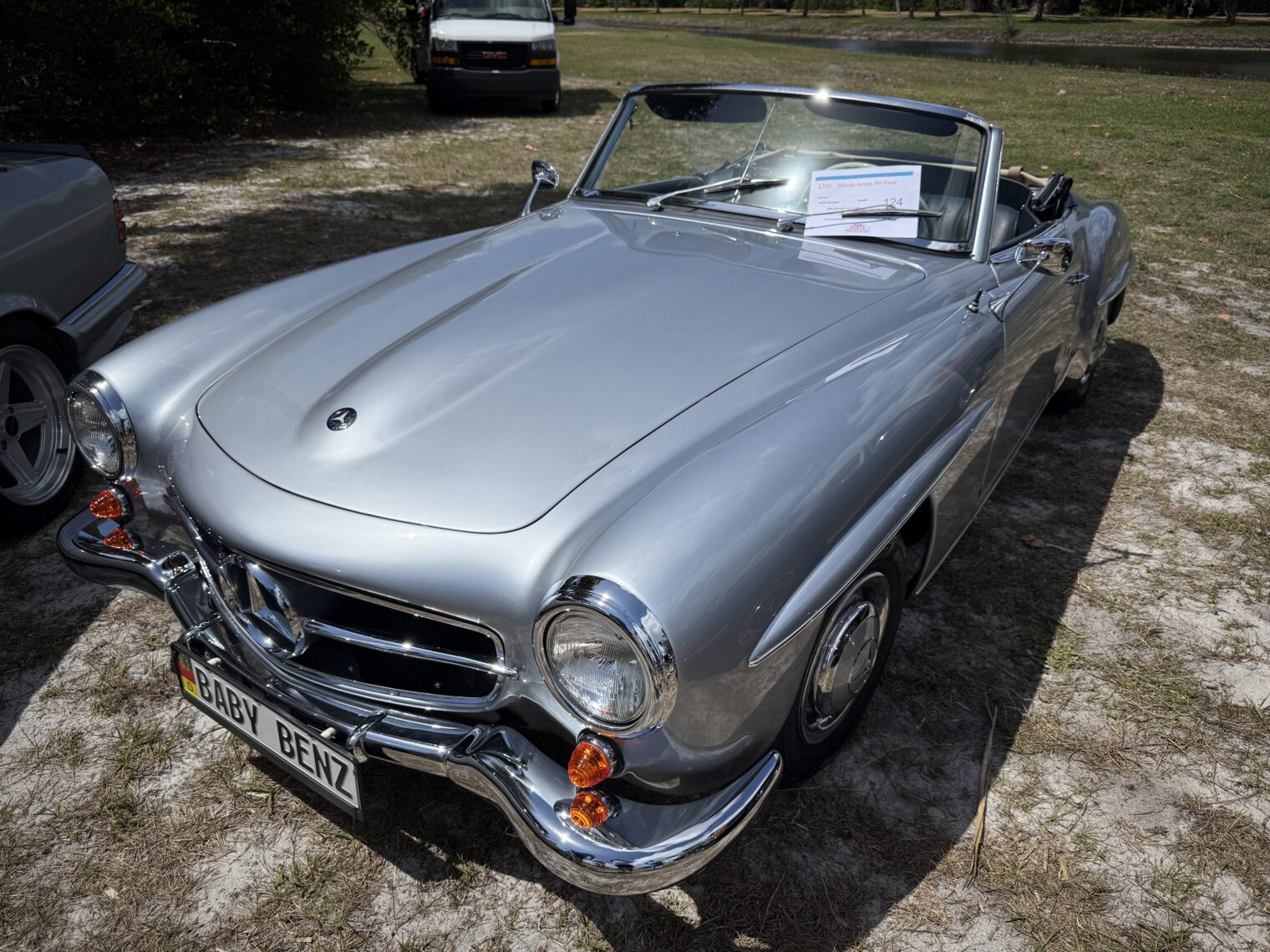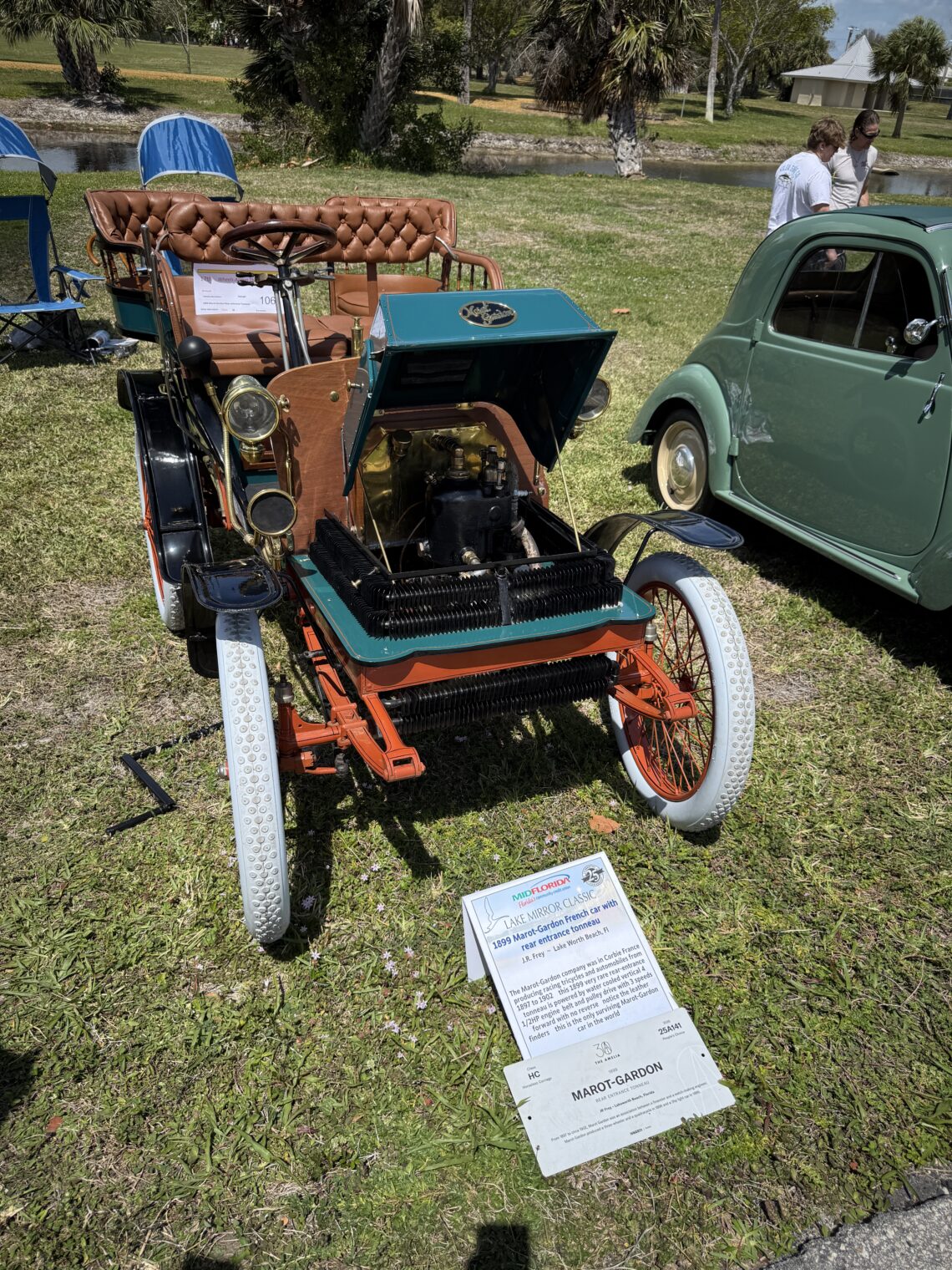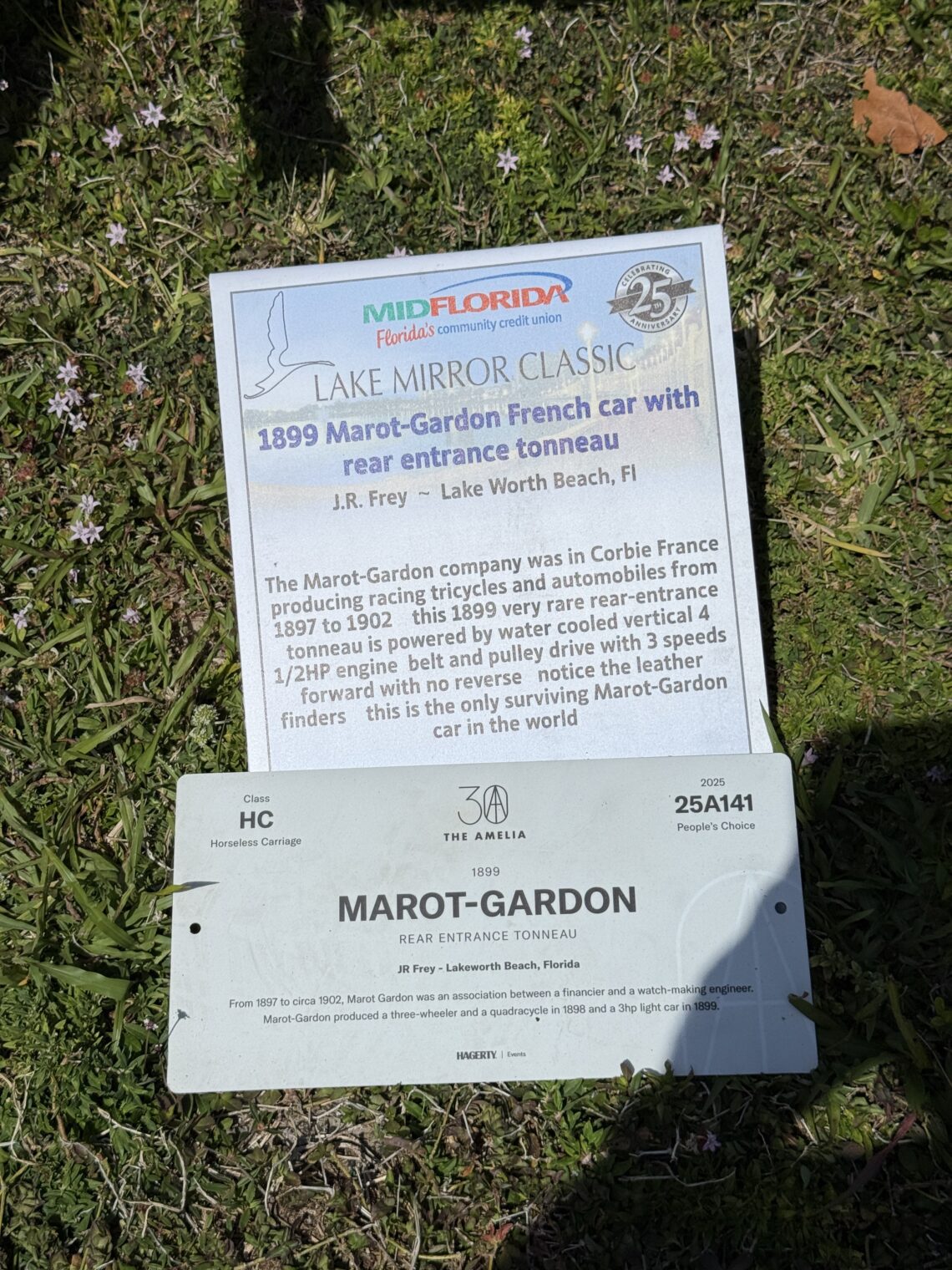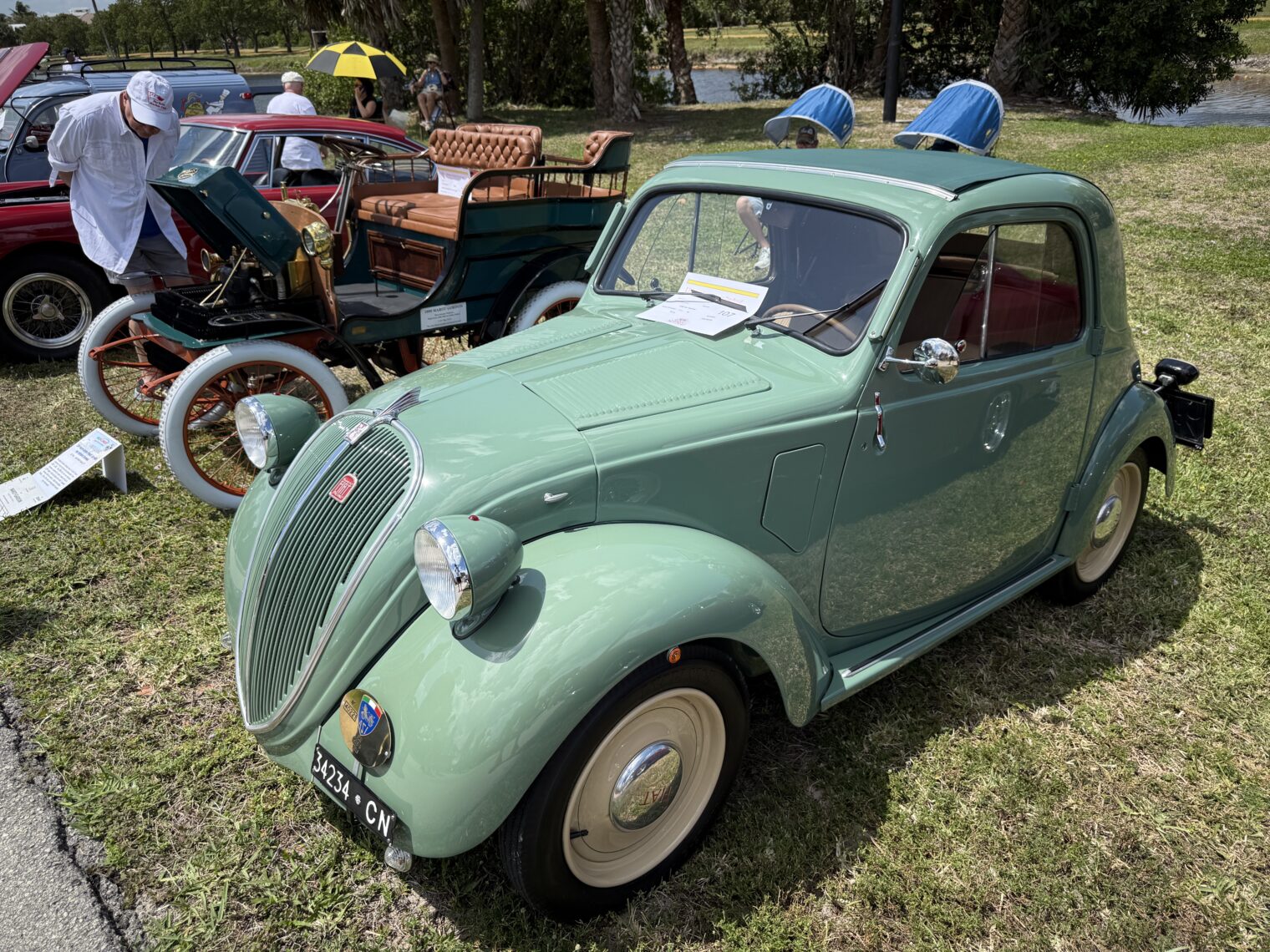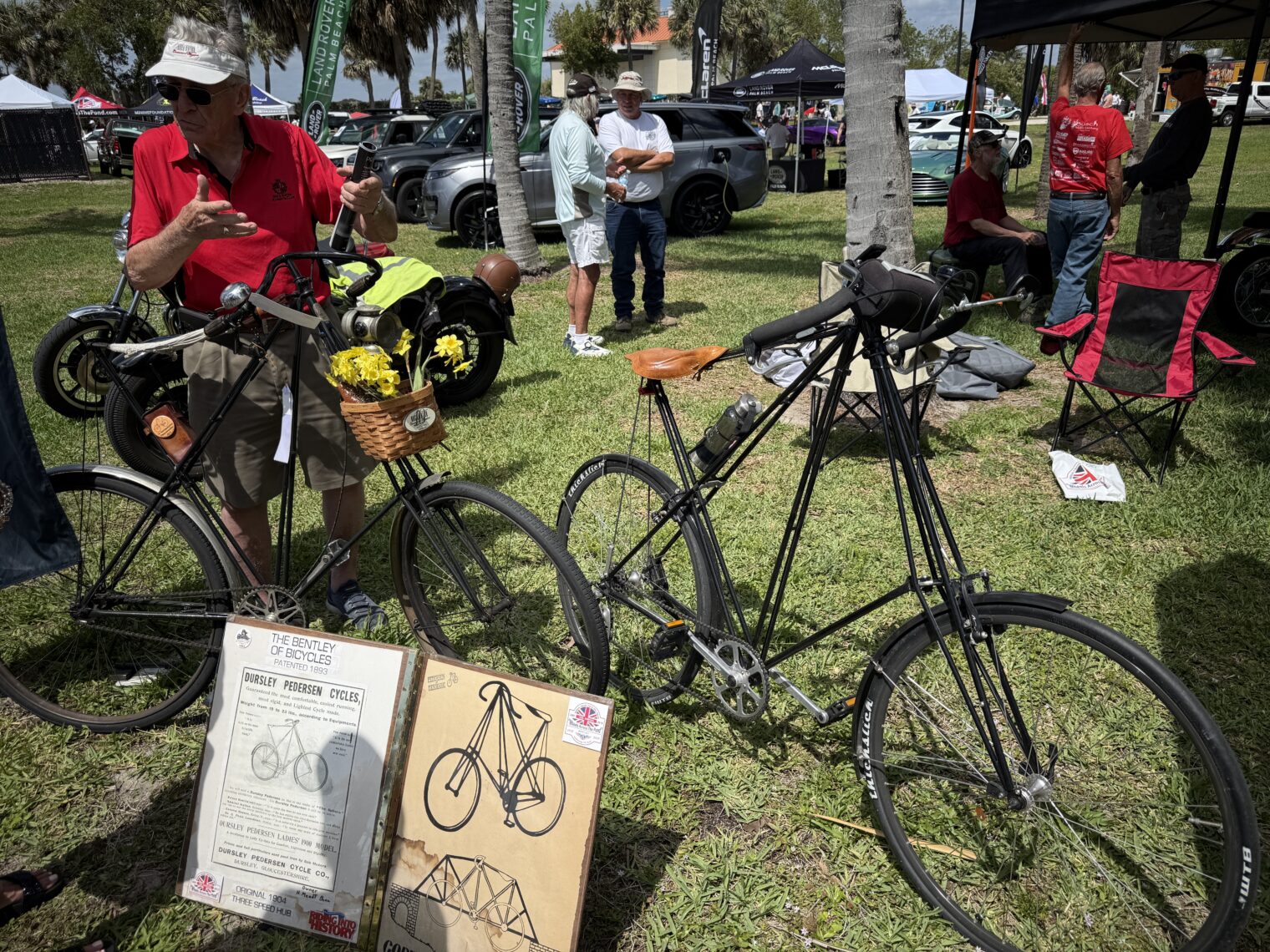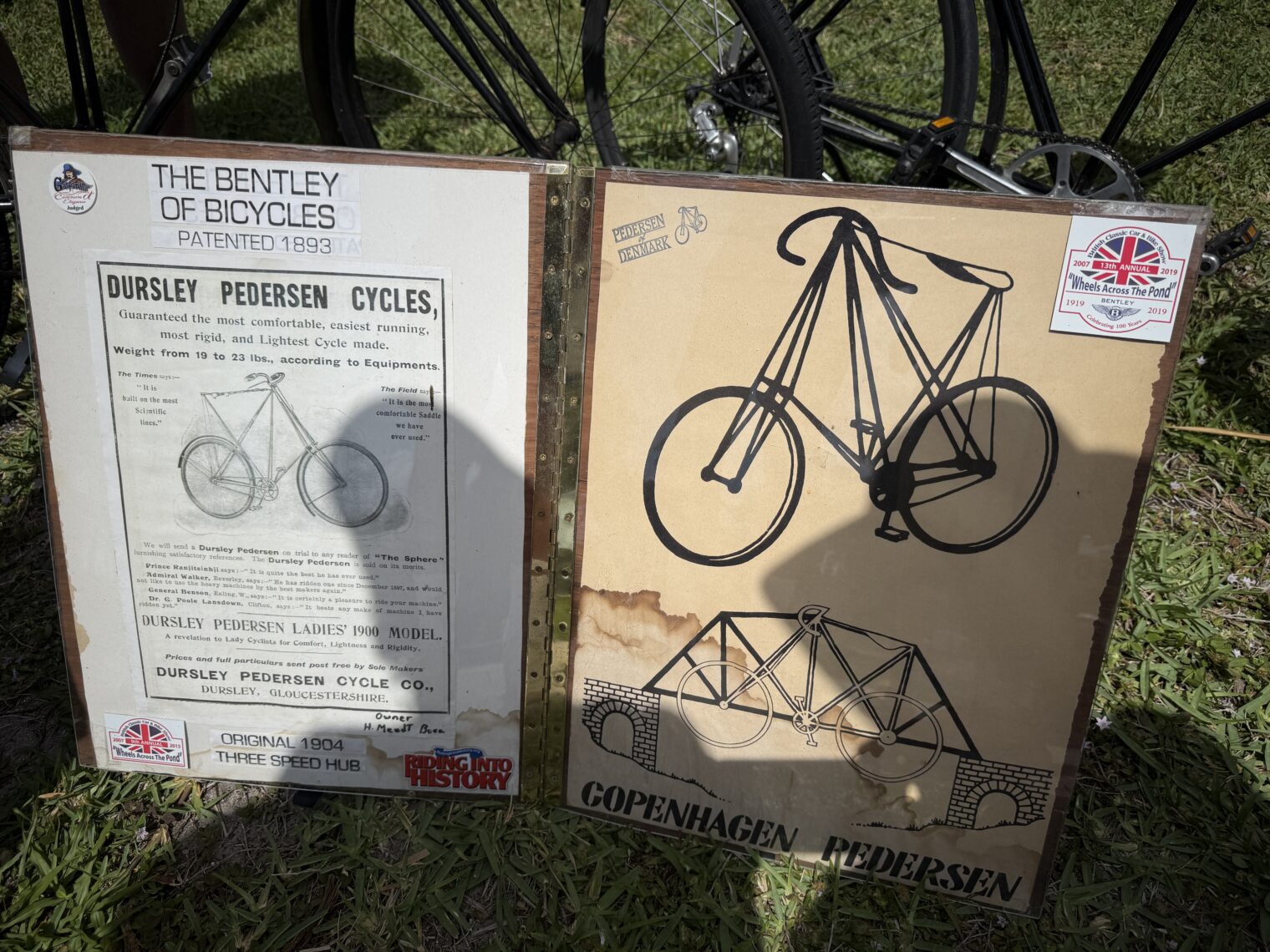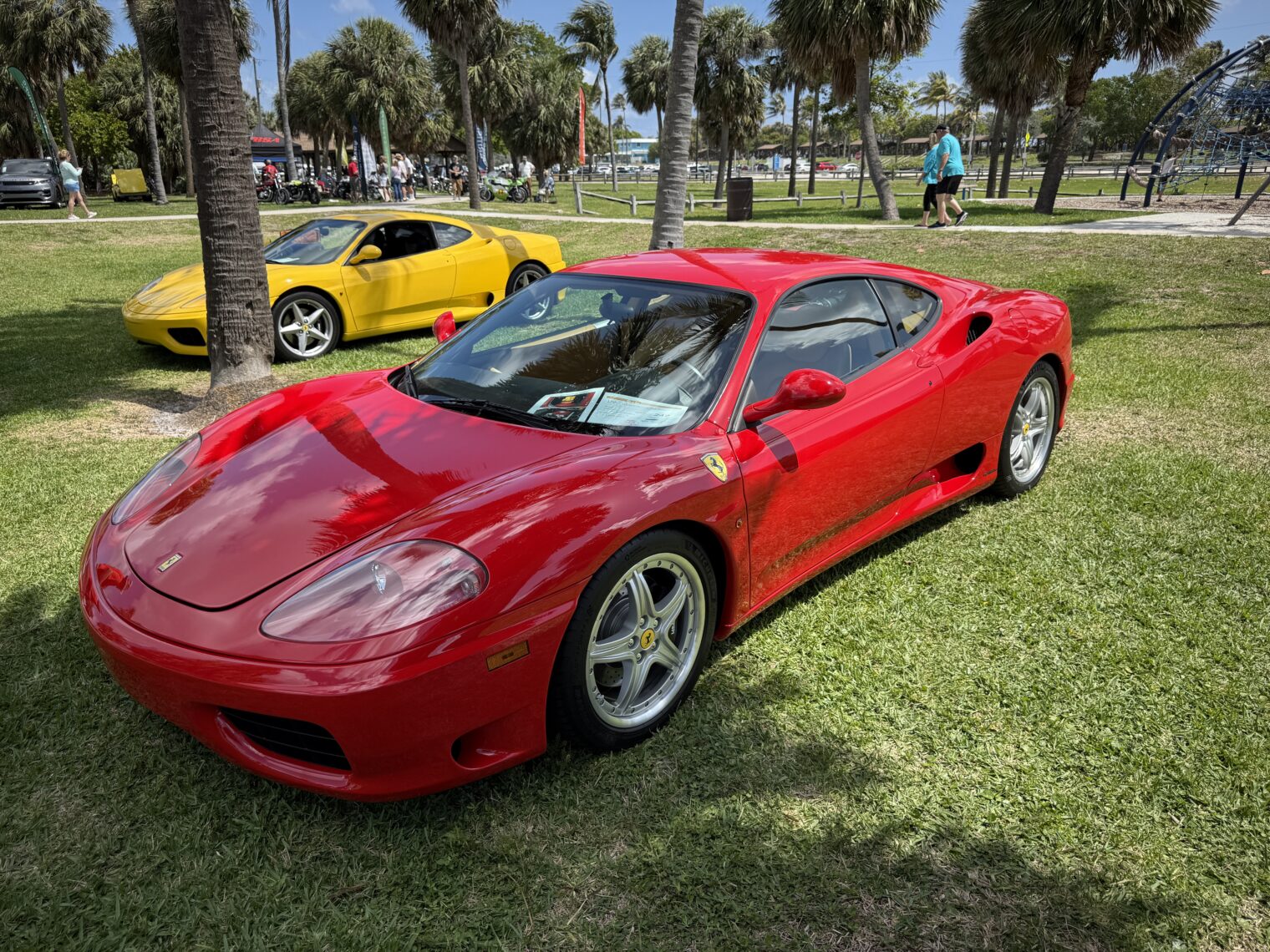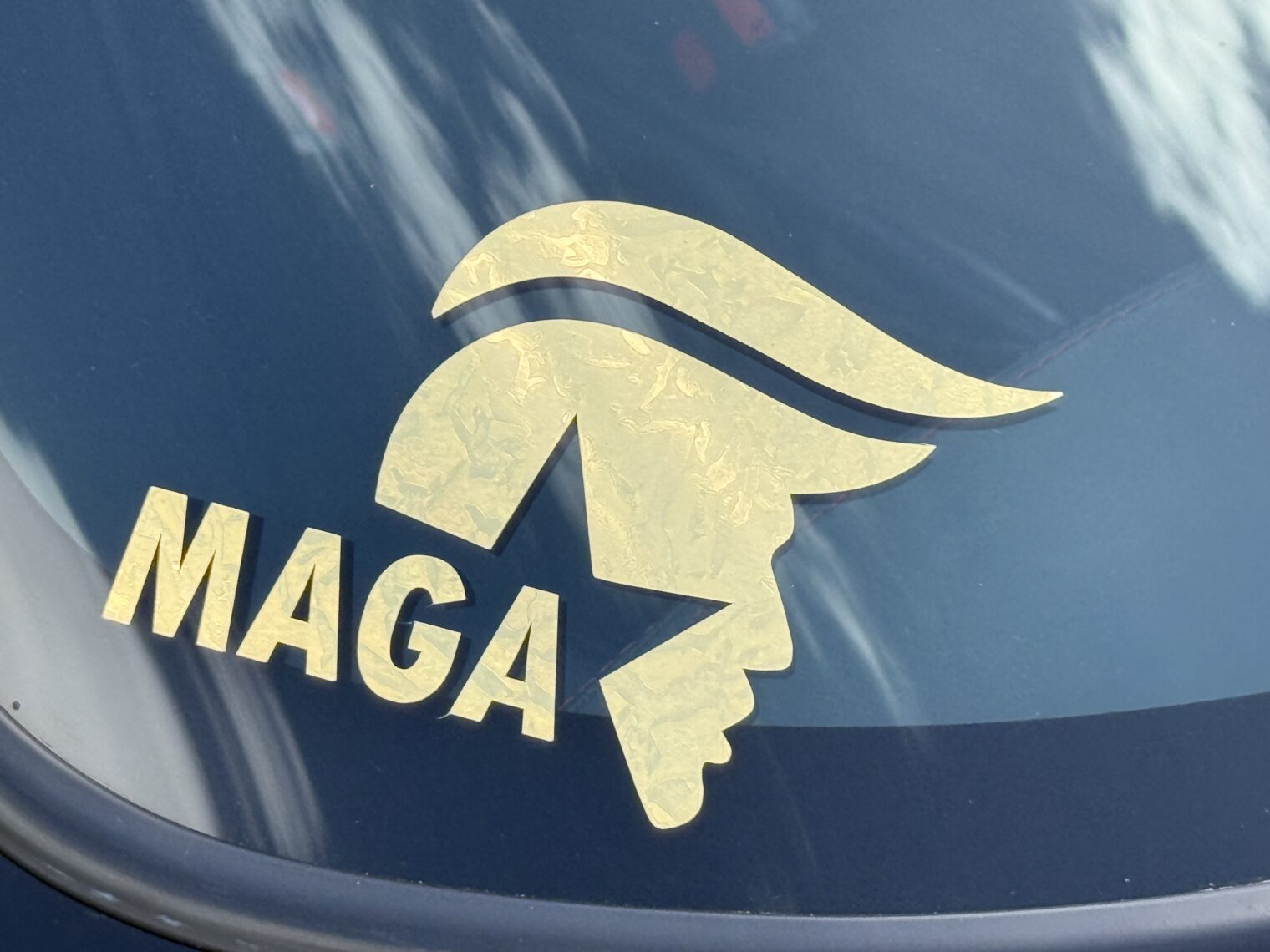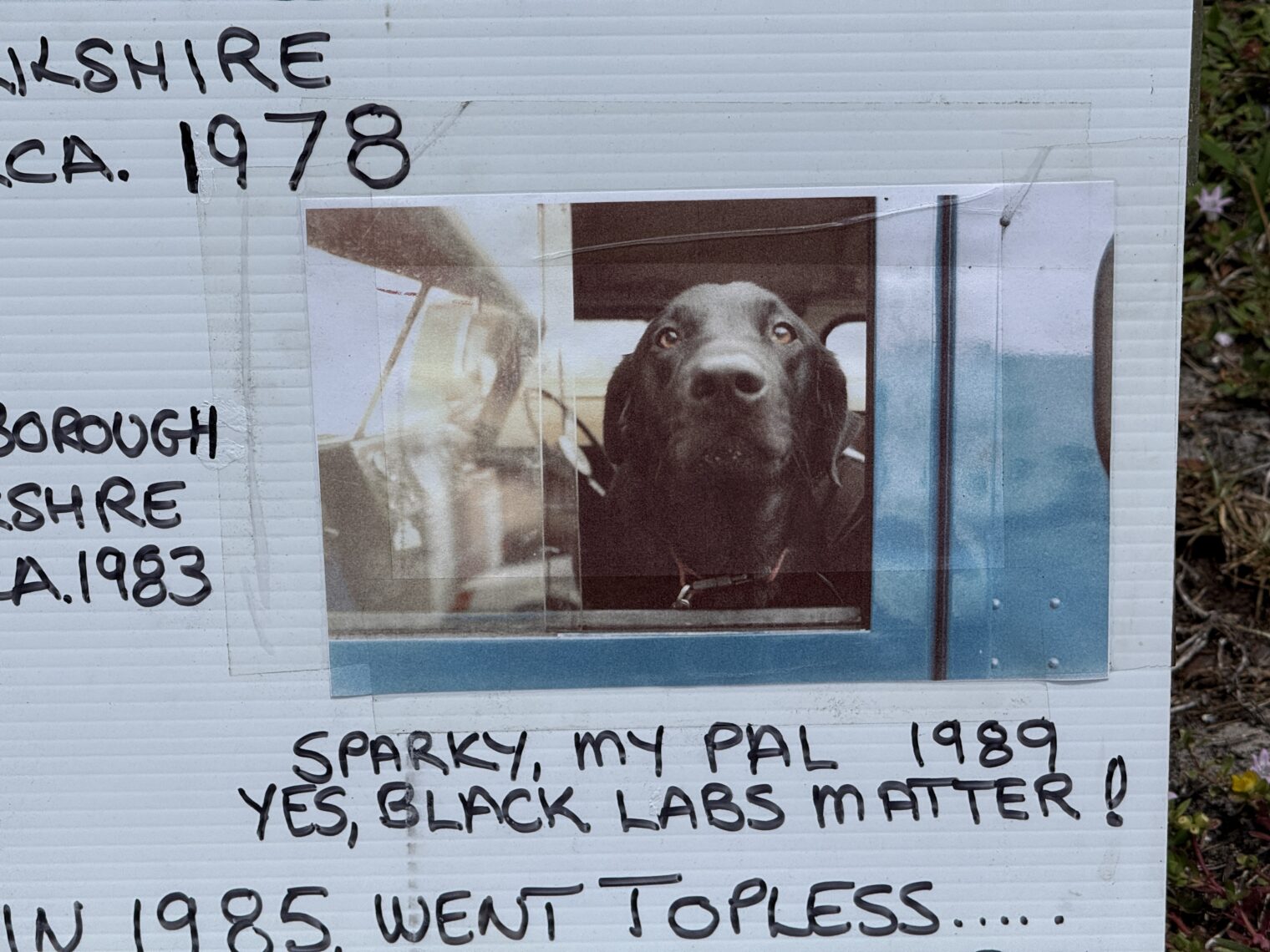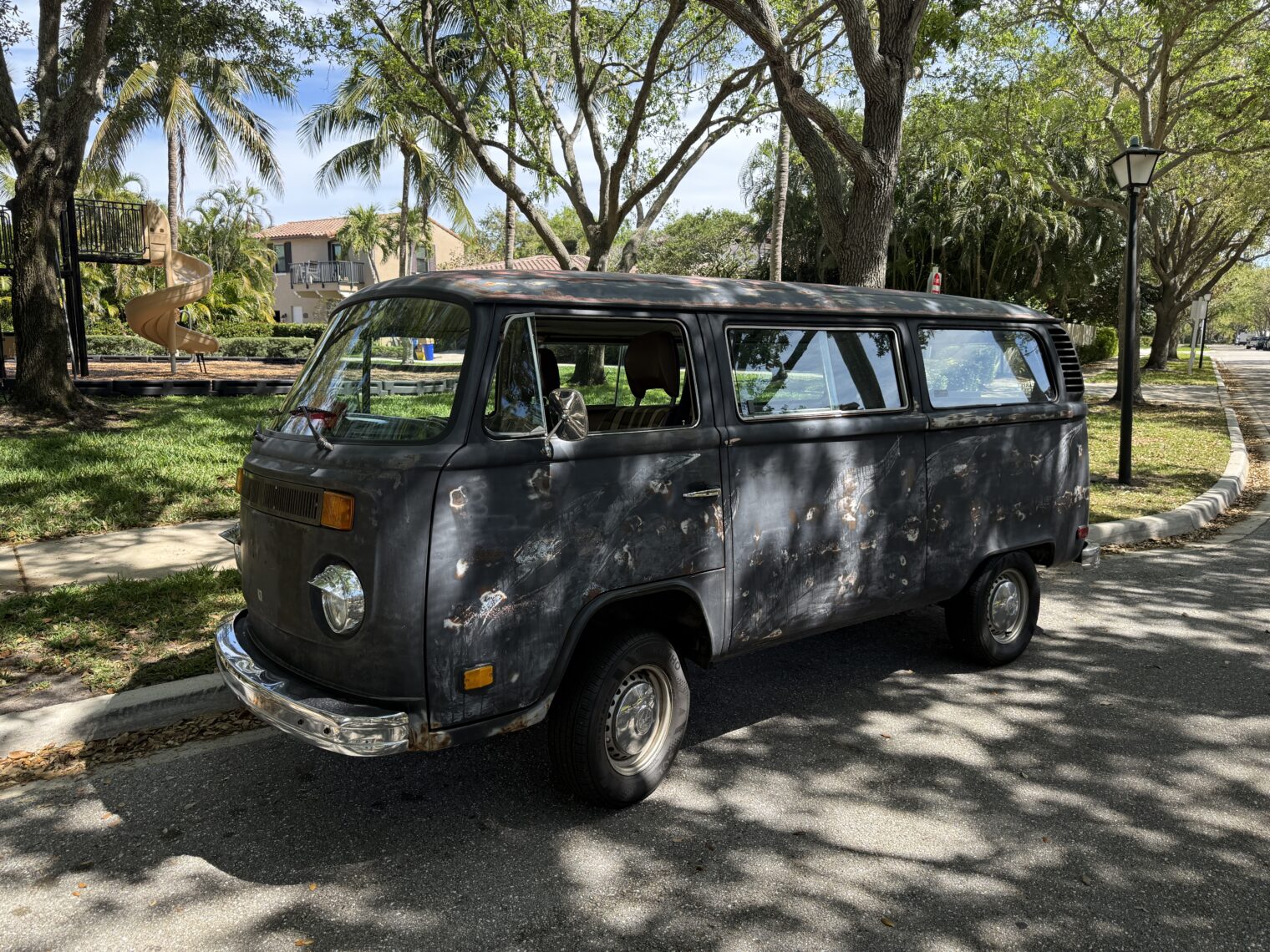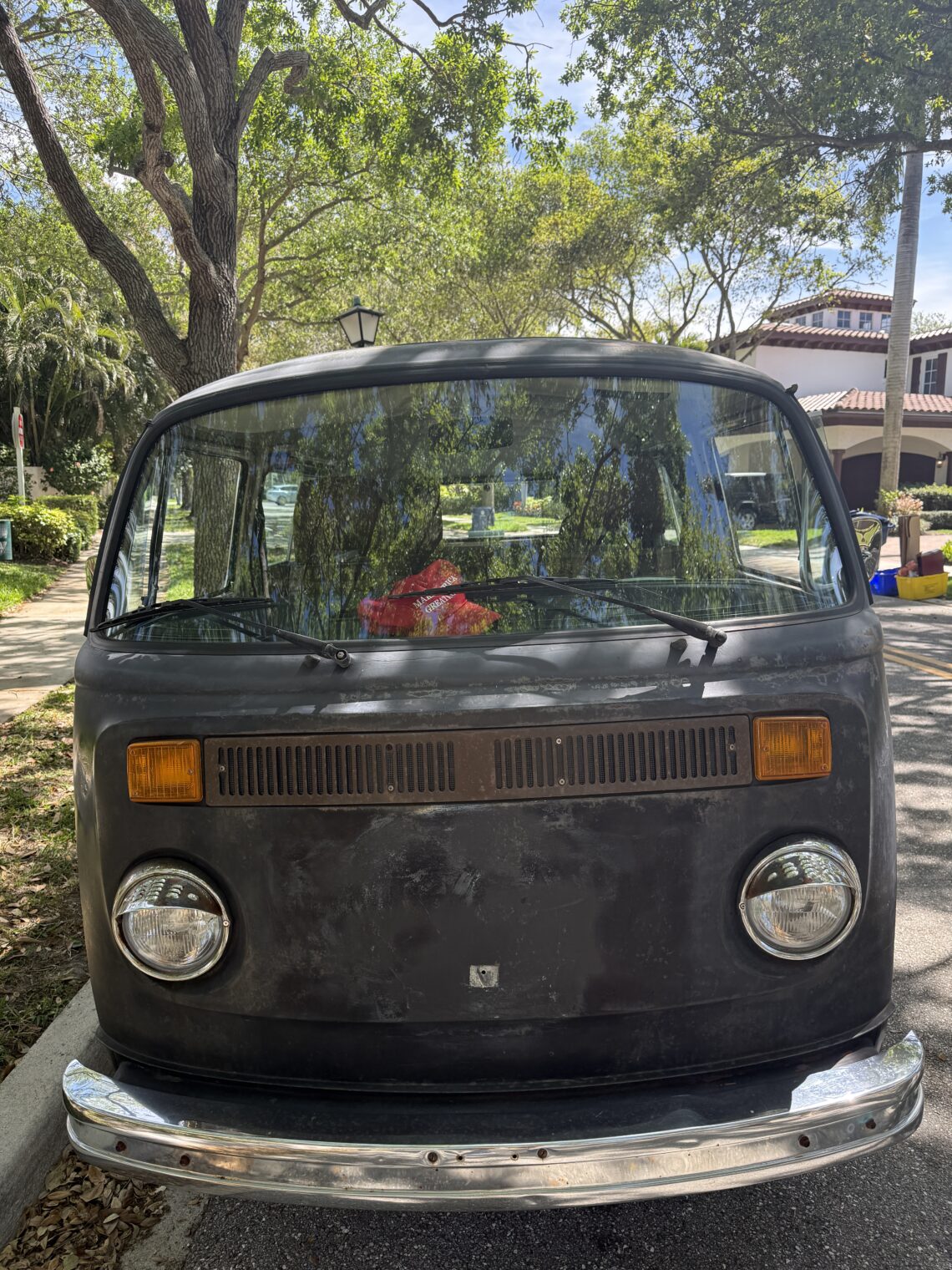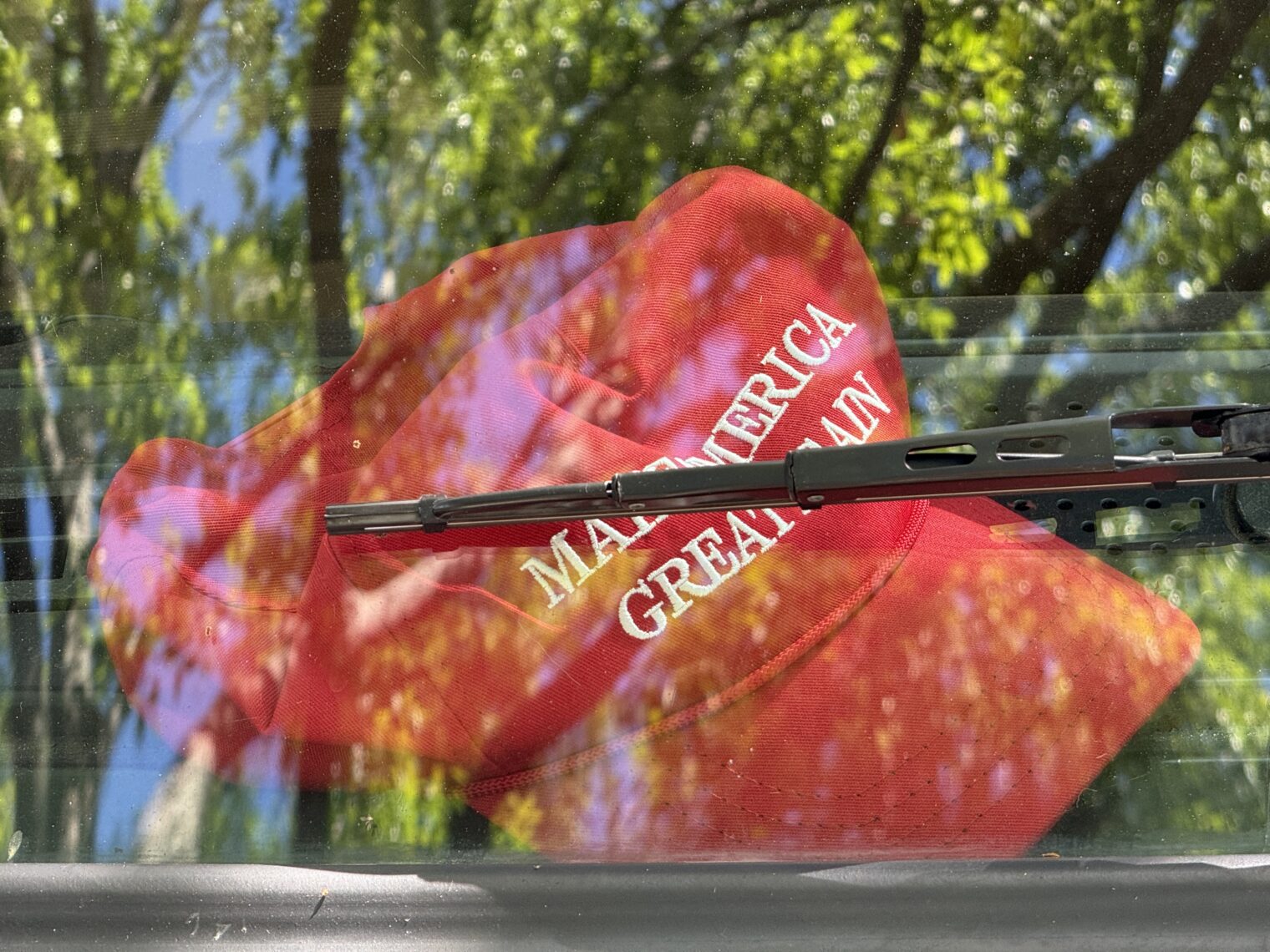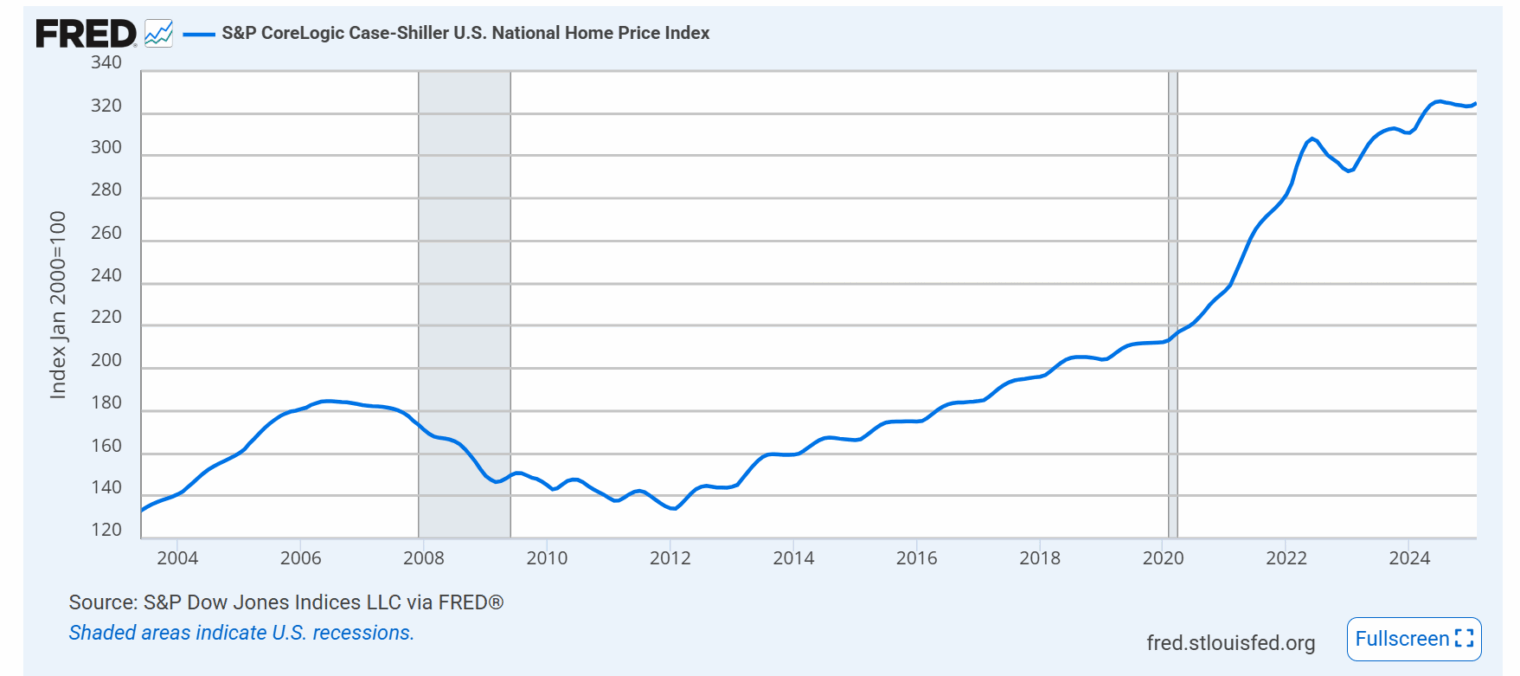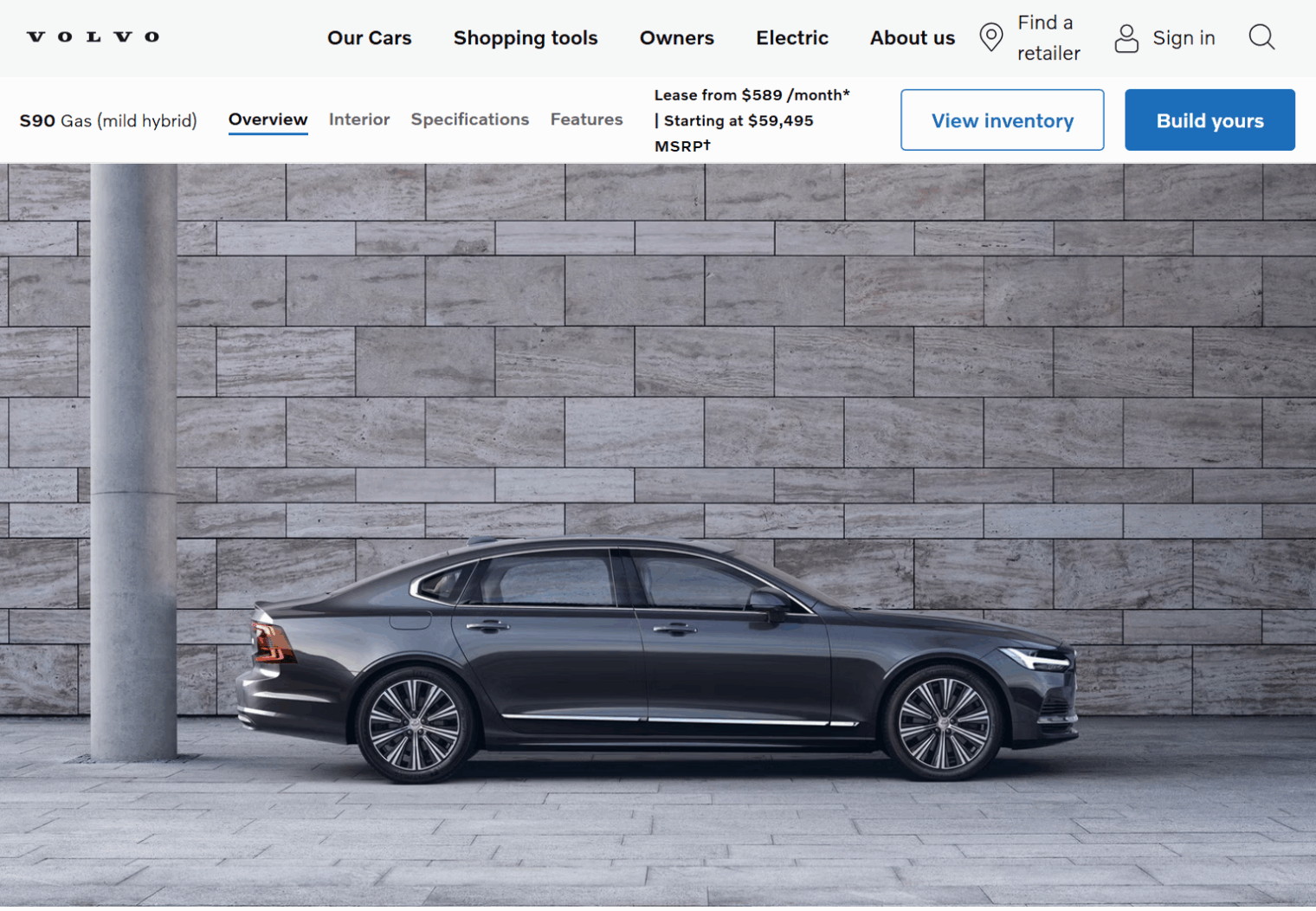Mercedes EQE review
Here’s a report on two days of driving an $80,000 Mercedes EQE SUV rented from Budget in Dayton, Ohio. What does it look like when parked in front of the kind of house that Mercedes owners deserve?
The FBO gave me a lift to the main terminal to pick up the vehicle. “It’s impossible to hire anyone competent,” said the line guy, “so the rental car companies are extremely short-handed these days and can’t drop off cars with us anymore.”
(Dayton is rich in immigrants and getting richer every year so the line guy’s lived experience is not consistent with economic truth regarding open borders being a surefire path to an ample labor supply. City of Dayton: “Between 2014 and 2019, the total population in the City of Dayton decreased by 0.2% while the immigrant population increased by +25.9% during the same time period.” (remember that a falling population of the native-born and a growing population of migrants is not a “replacement”))
There was a Fall of Saigon scene in the terminal. All of the companies except Avis/Budget were out of cars. Those with Avis/Budget reservations were told they’d need to wait several hours beyond their reservation time due to a shortage of vehicles. My electric reservation, however, bumped me towards the front of the queue.
I was admonished to return the vehicle with at least 80 percent charge or face a $75 failure-to-charge penalty. I discovered later that this would have been a challenge due to the fact that the car was set up to stop charging at precisely 80 percent (i.e., you’d have to tow it or push it from the charging station to the airport in order to achieve the 80 percent charge return goal). The vehicle was delivered to me with a 79 percent charge:
The fancy electronics immediately disappointed. There is a navigation system with points of interest, but it couldn’t find the long-established FBO. Fortunately, unlike with a Nazi-tainted Tesla, the entirely Nazi-free Mercedes supports Apple CarPlay.
The driving experience is very different than in a Tesla. There are instruments directly in front of the driver, rather than off to the side on an iPad stapled to the center of the dash. The EQE feels solid and quiet. It doesn’t accelerate any faster than our Honda Odyssey minivan (0-60 in 6+ seconds), but why would anyone in the U.S. (population headed toward 600 million sharing roads designed for a nation of 150 million) need blistering acceleration in a family car?
Charging infrastructure proved to be a challenge. We were in a brand-new hotel with a brand-new parking structure, shared with an office building, and I didn’t see any chargers. The USAF museum has a parking lot that can hold perhaps 600 cars. It has 4 chargers, all of them free (thanks for paying your taxes!), 2 of which were broken. Over a 48-hour period we never went anywhere else that had chargers. Near the end of the rental experience we finally waded deep enough into the menus to find the “eco” setting was preventing a full charge:
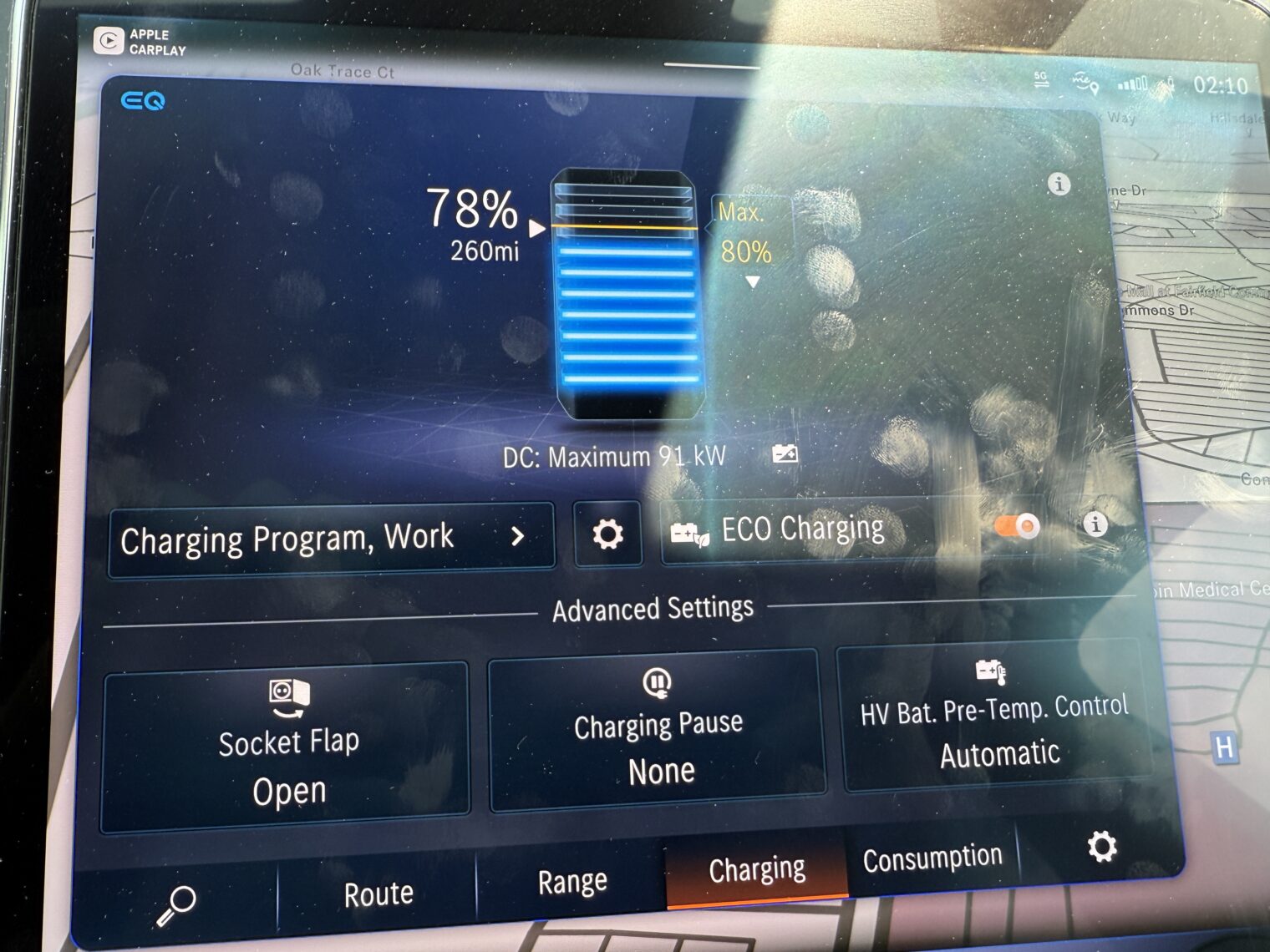
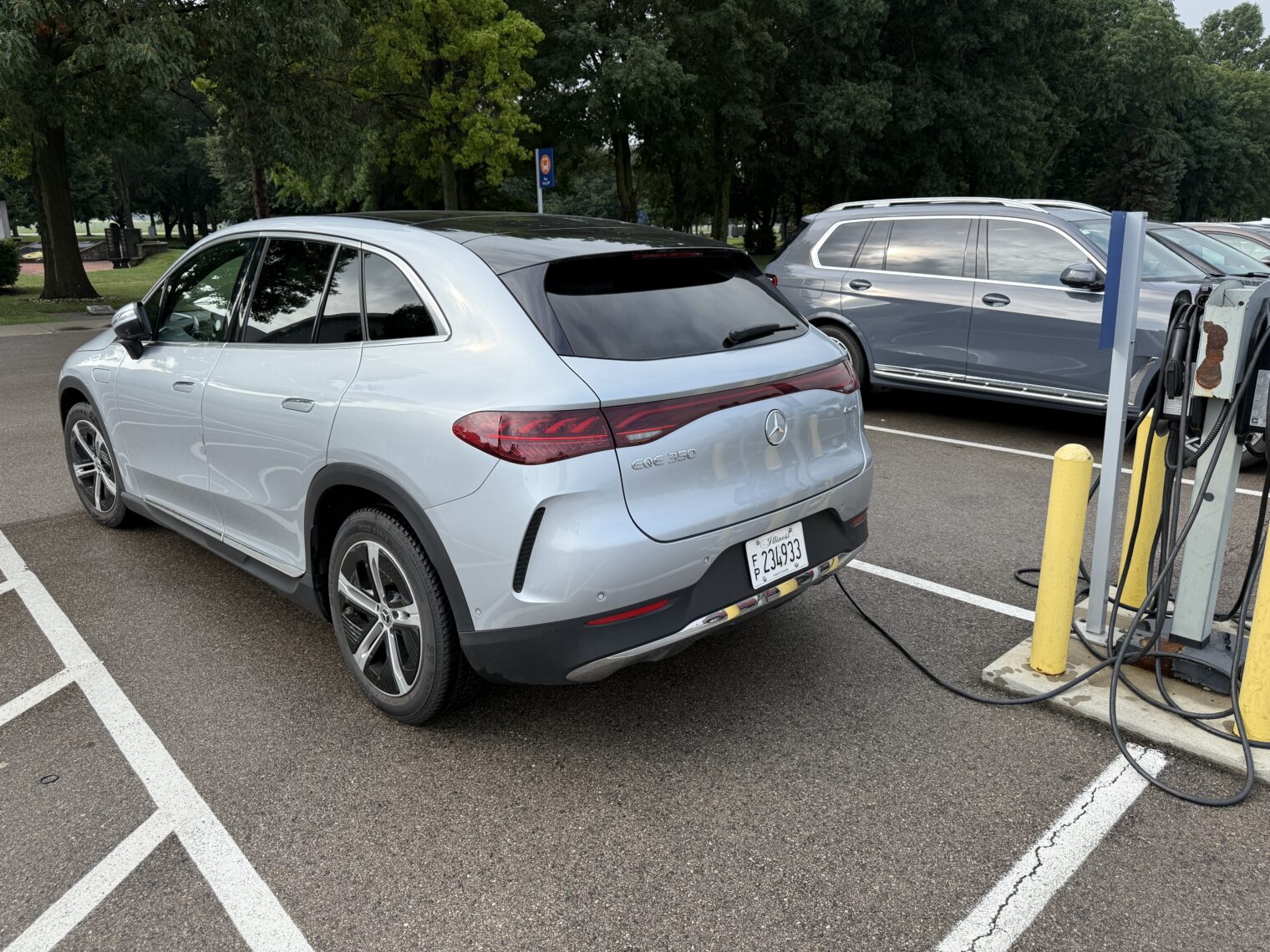
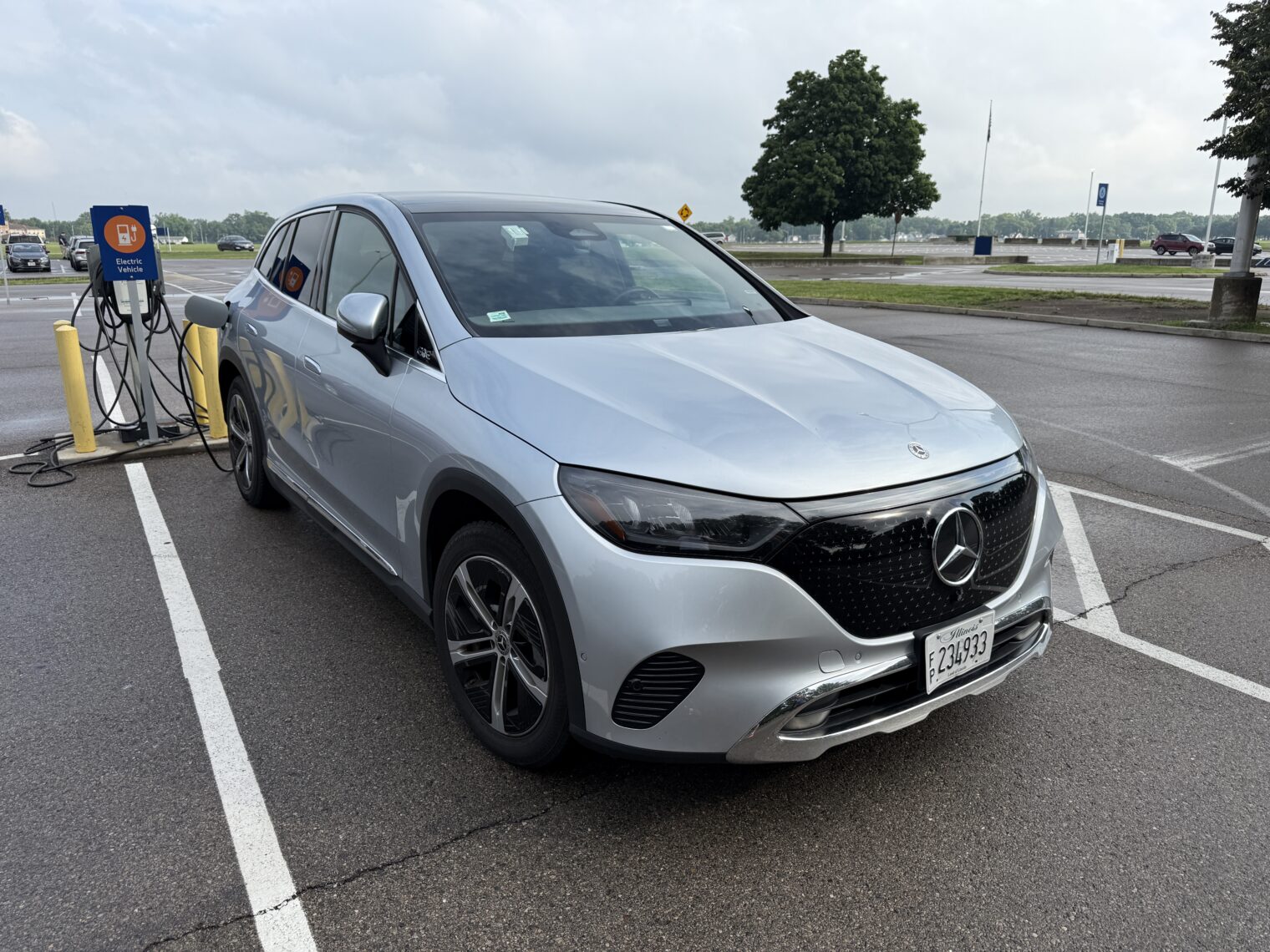
Keeping your $80,000 investment from being destroyed is as simple as following the rules on these two full screens of text:
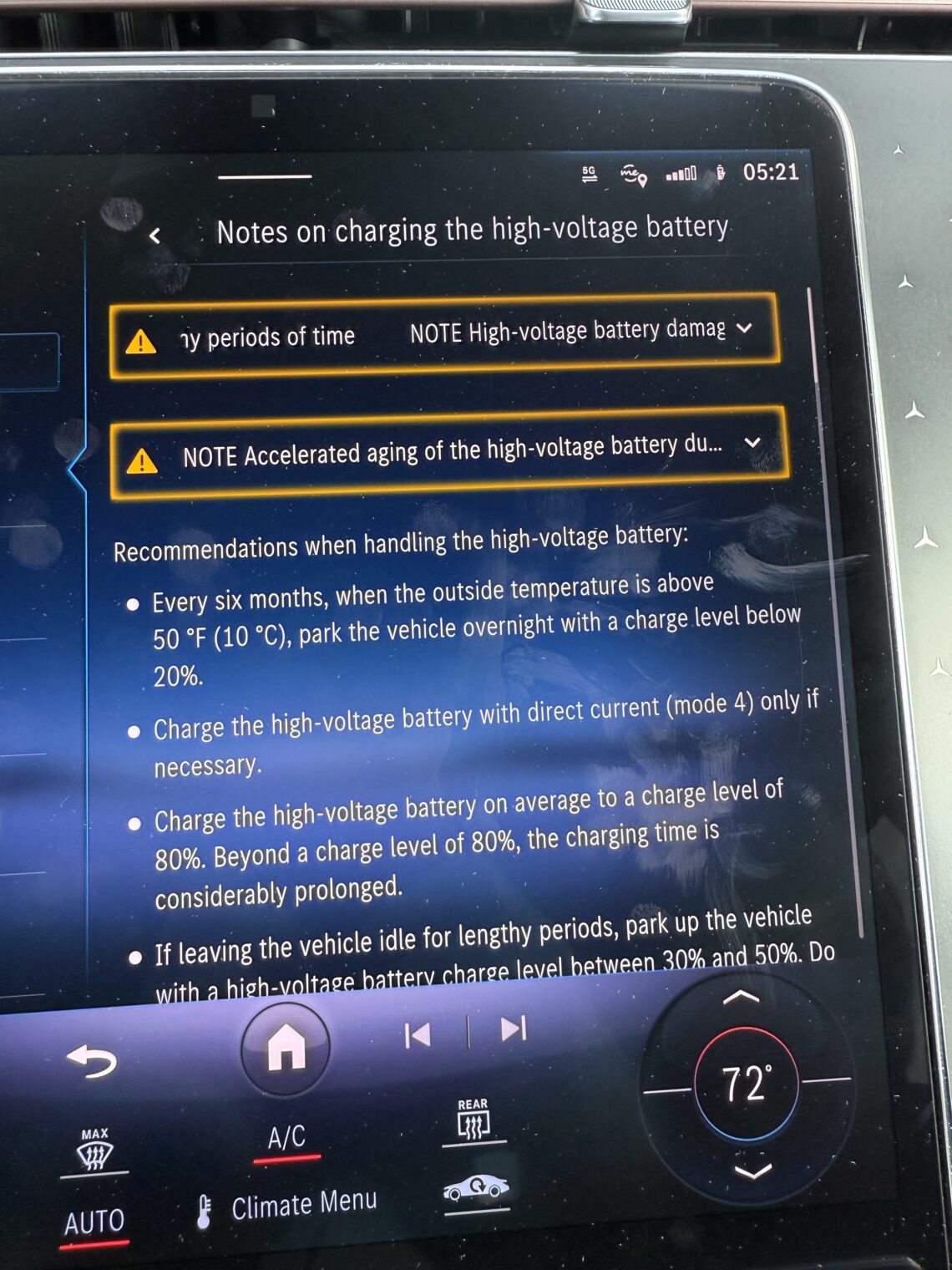
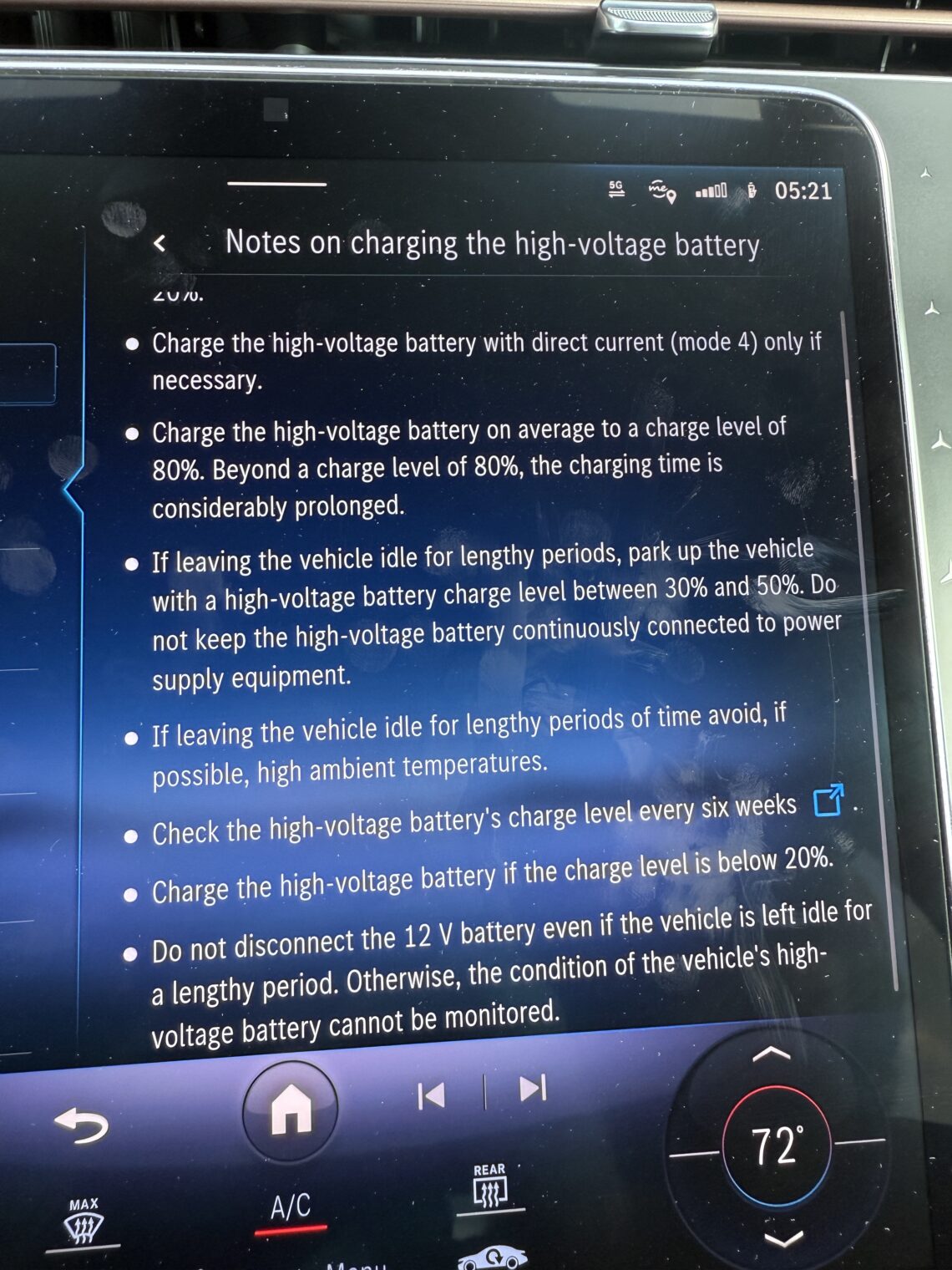
At every startup we were prompted to download a Mercedes USA app and sync it to the car. Here’s what Mercedes USA shows as typical customers:
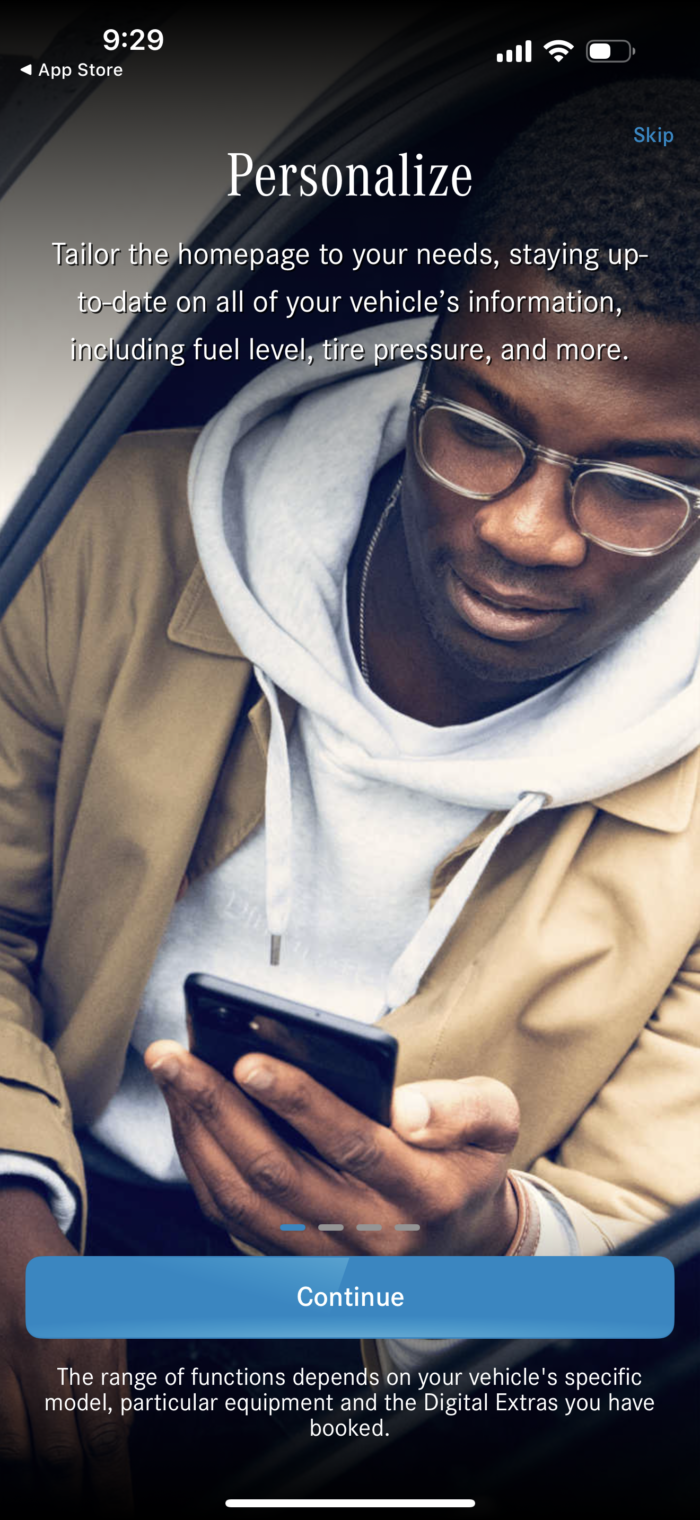
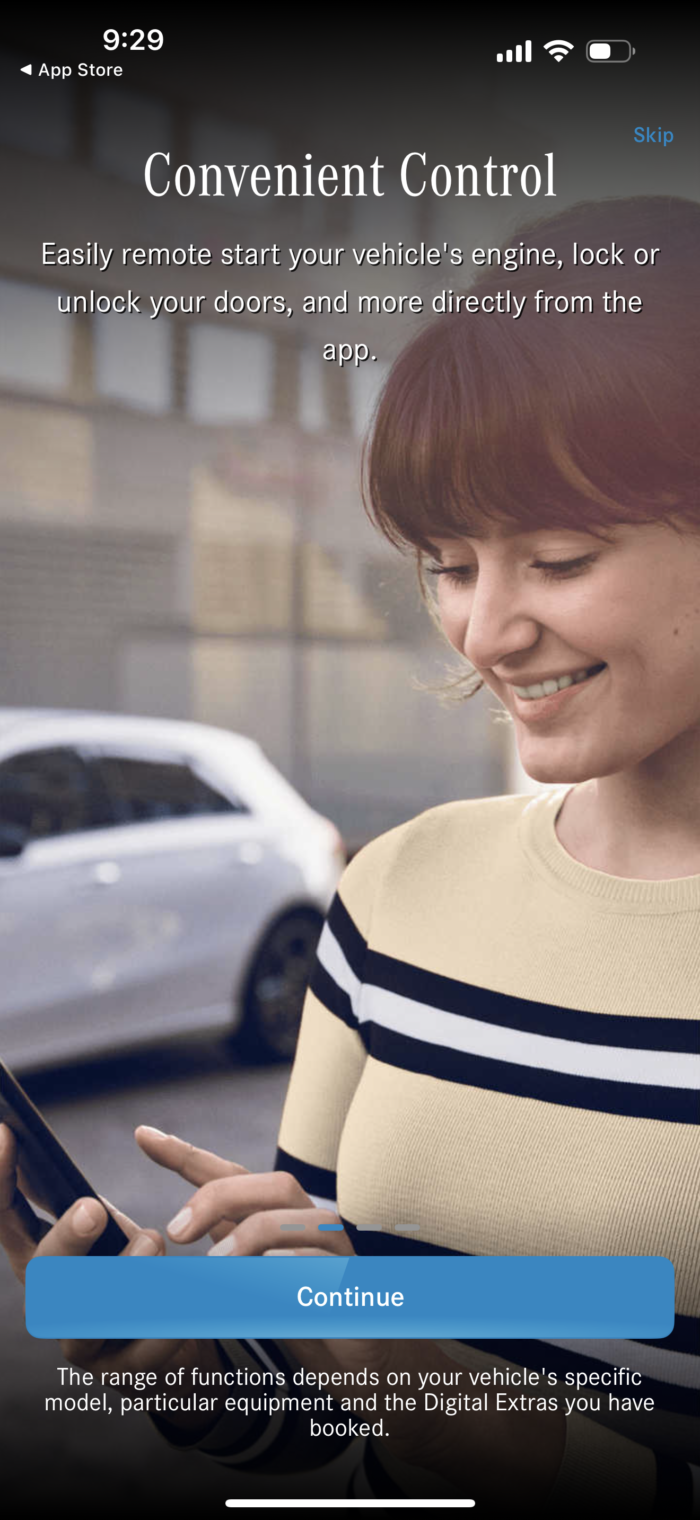

Here’s the EQE, at the forefront of ground transportation, in front of a building in the neighborhood where the Wright Brothers did their work at the forefront of air transportation (before they figured out that patent litigation made more sense than engineering!).
Conclusion: Although it feels like a better car than any Tesla if what you want to do is drive yourself Point A to Point B, I would rather have a Tesla than an EQE. Tesla seems to be getting its FSD act in gear (so to speak) and Tesla offers Dog Mode as well as cabin overheat protection so that Mindy the Crippler and her canine brothers, sisters, and binary-resisters can be kept safe (also good for infants and toddlers who might be sleeping back there, sometimes forgotten). Based on our experience in not finding chargers I wouldn’t want to own any electric car unless I had a charger and home and owned a gas-powered car for actual trips.
(I returned the car at about 70% charge to the FBO. It took Budget a couple of days to pick it up, presumably due to their short-staffing. They didn’t charge me a “failure to charge” penalty, but they did charge for one day more of rental than I actually used (I had reserved three days and used two).)
Full post, including comments